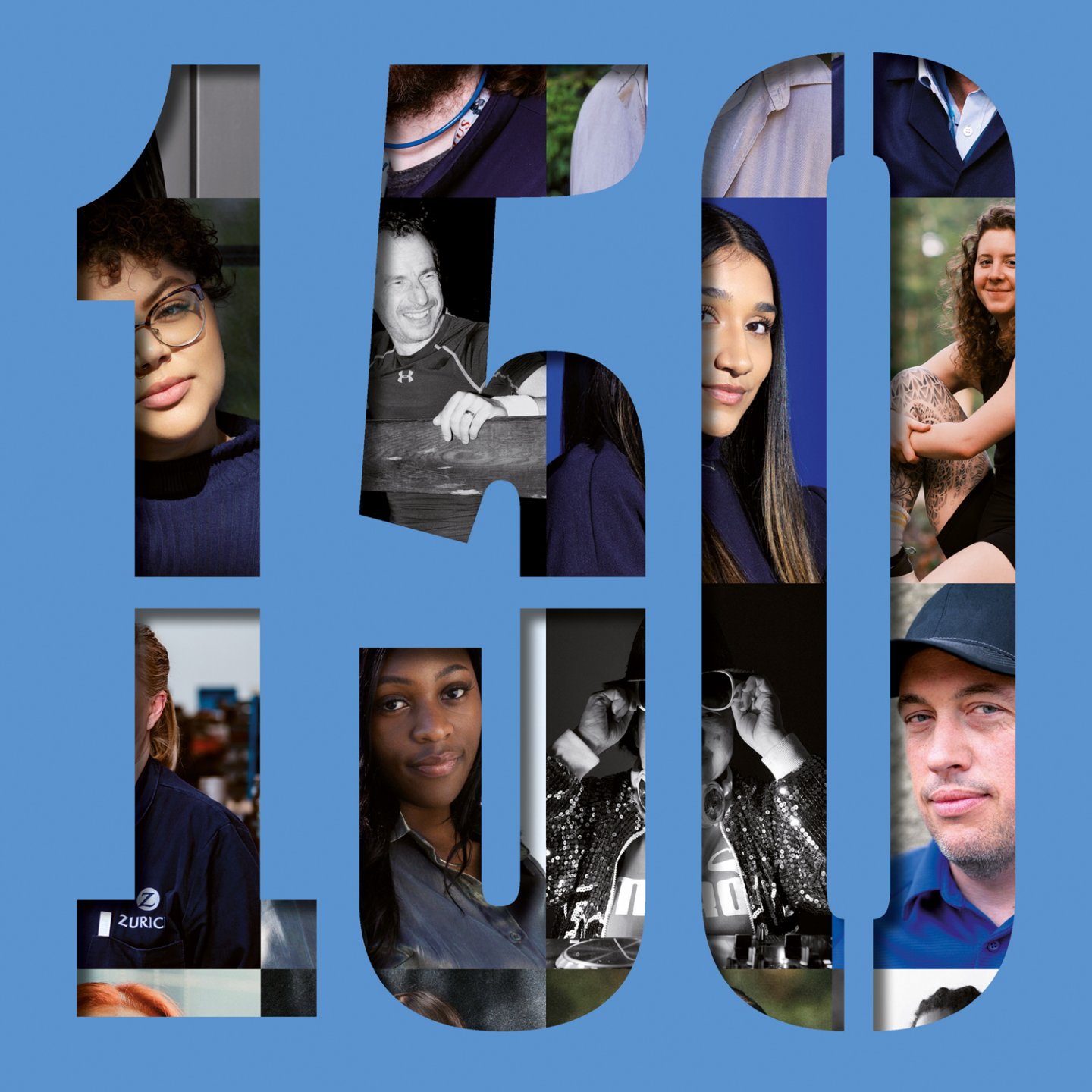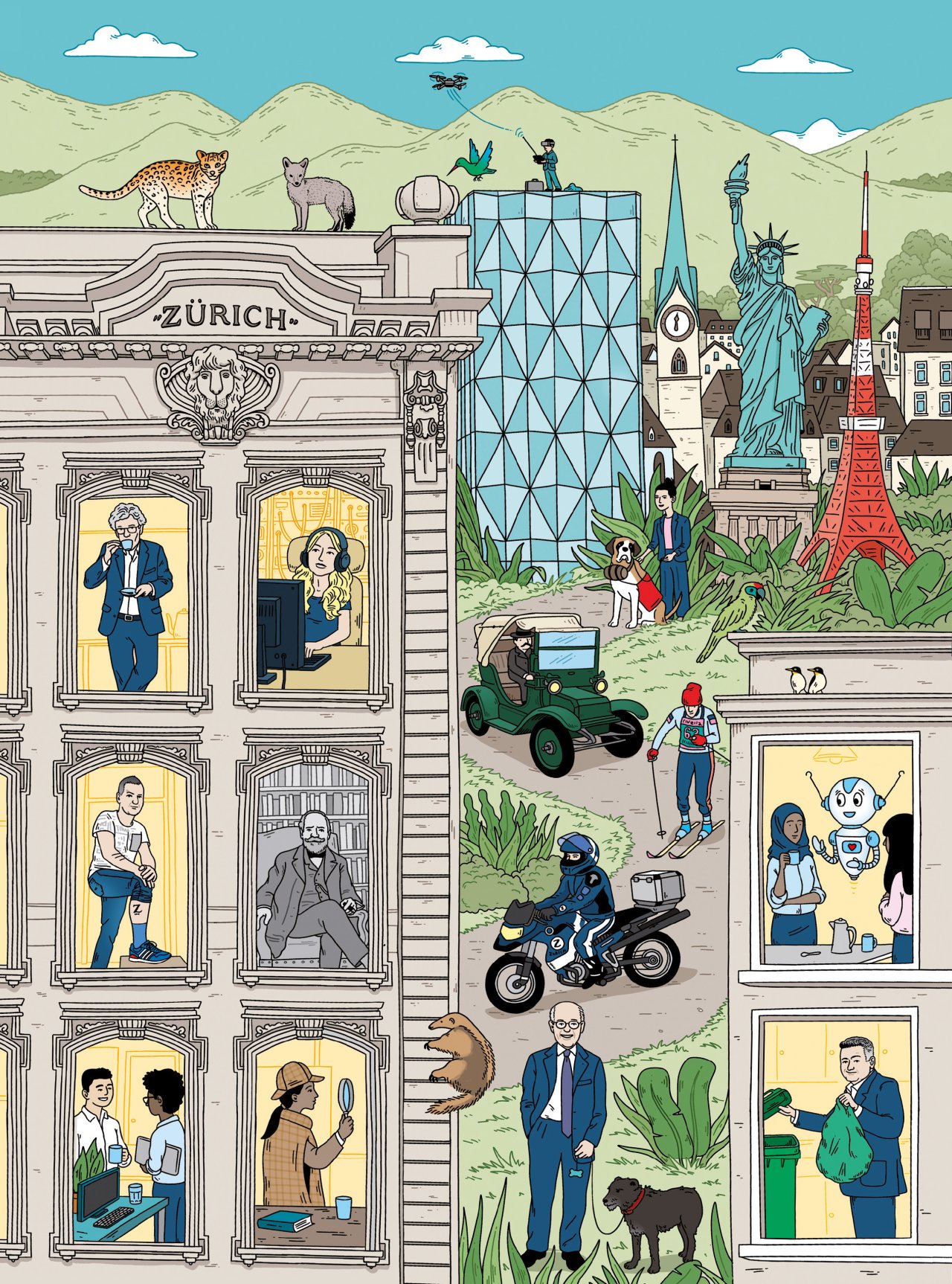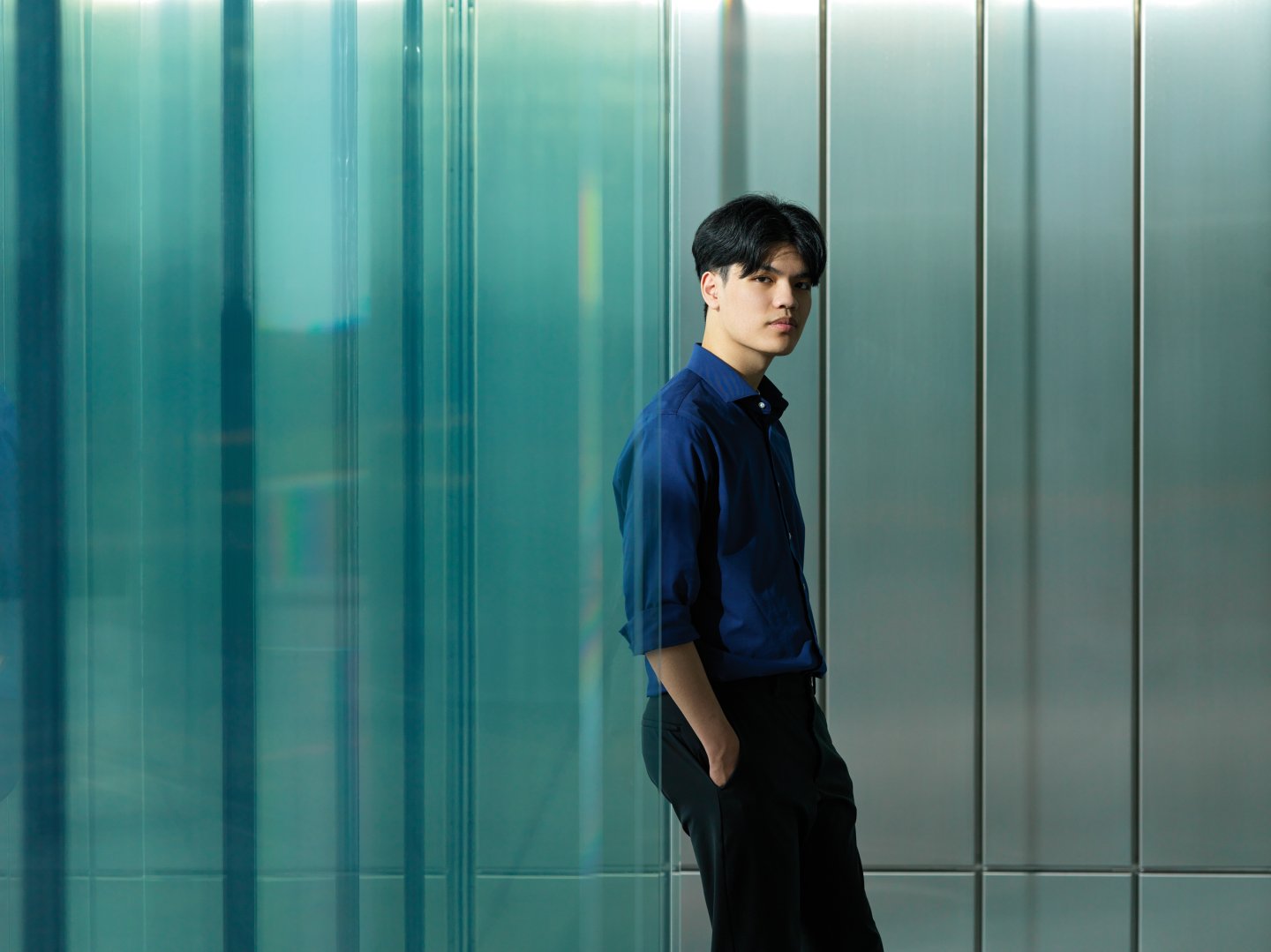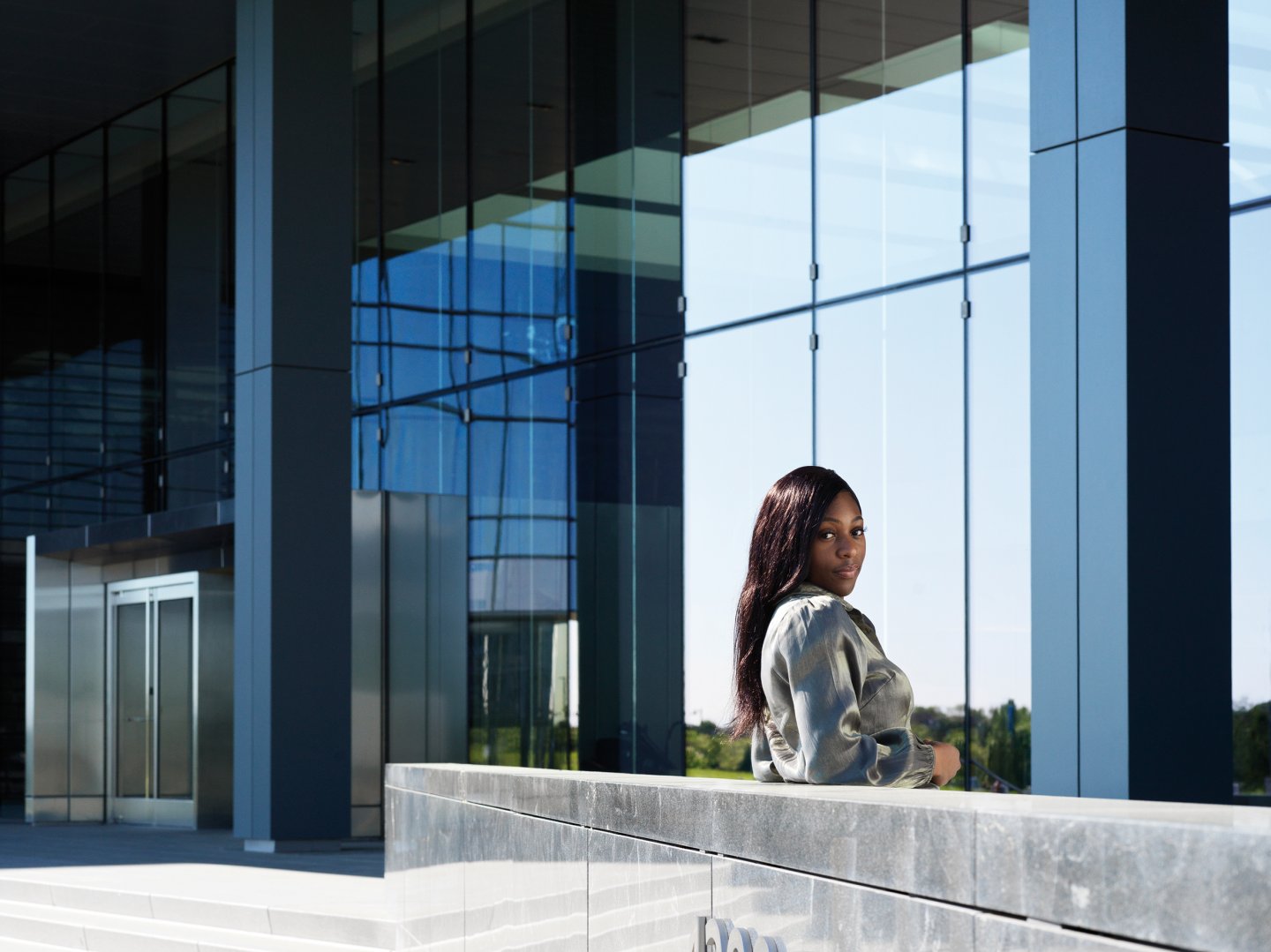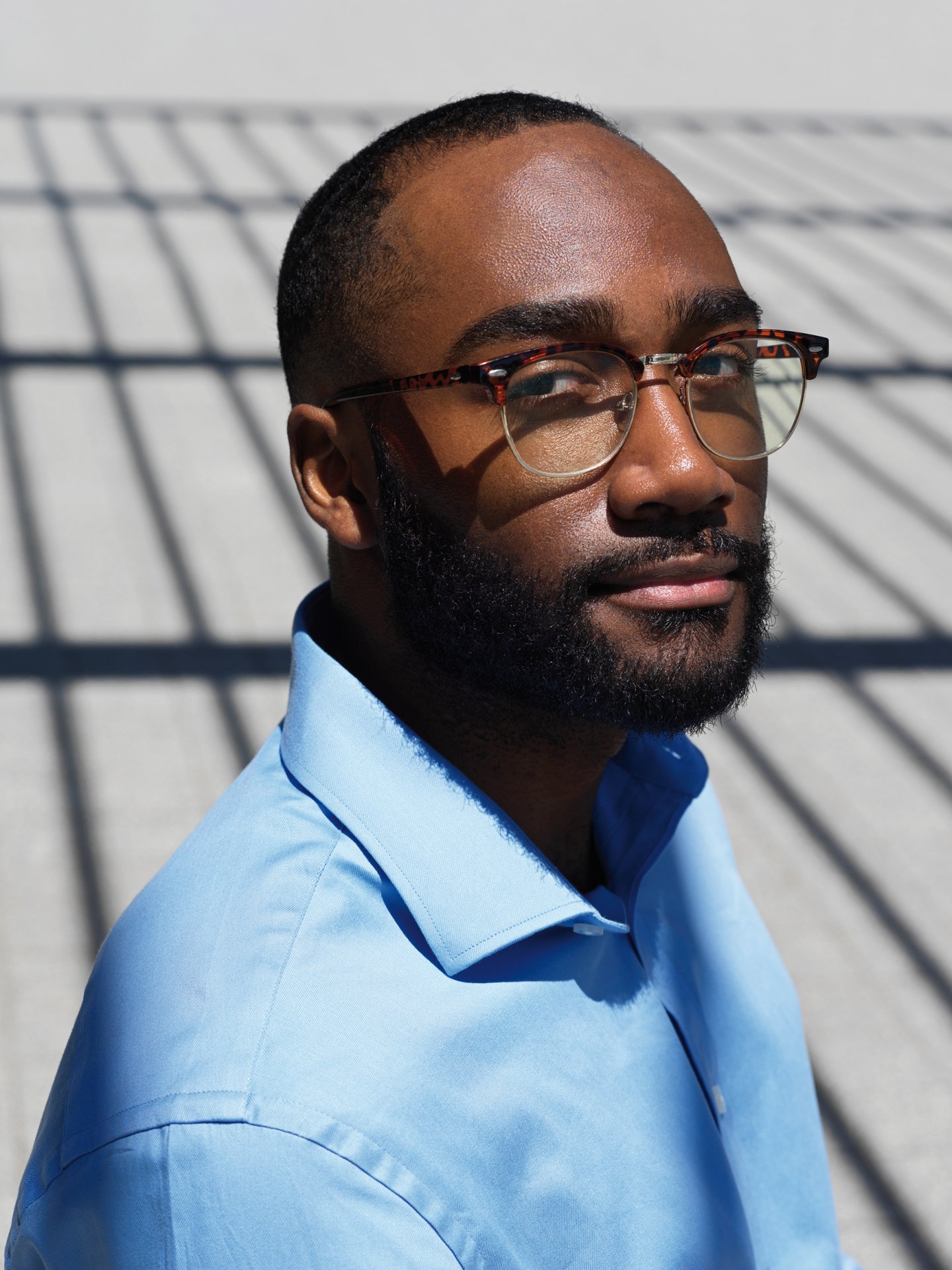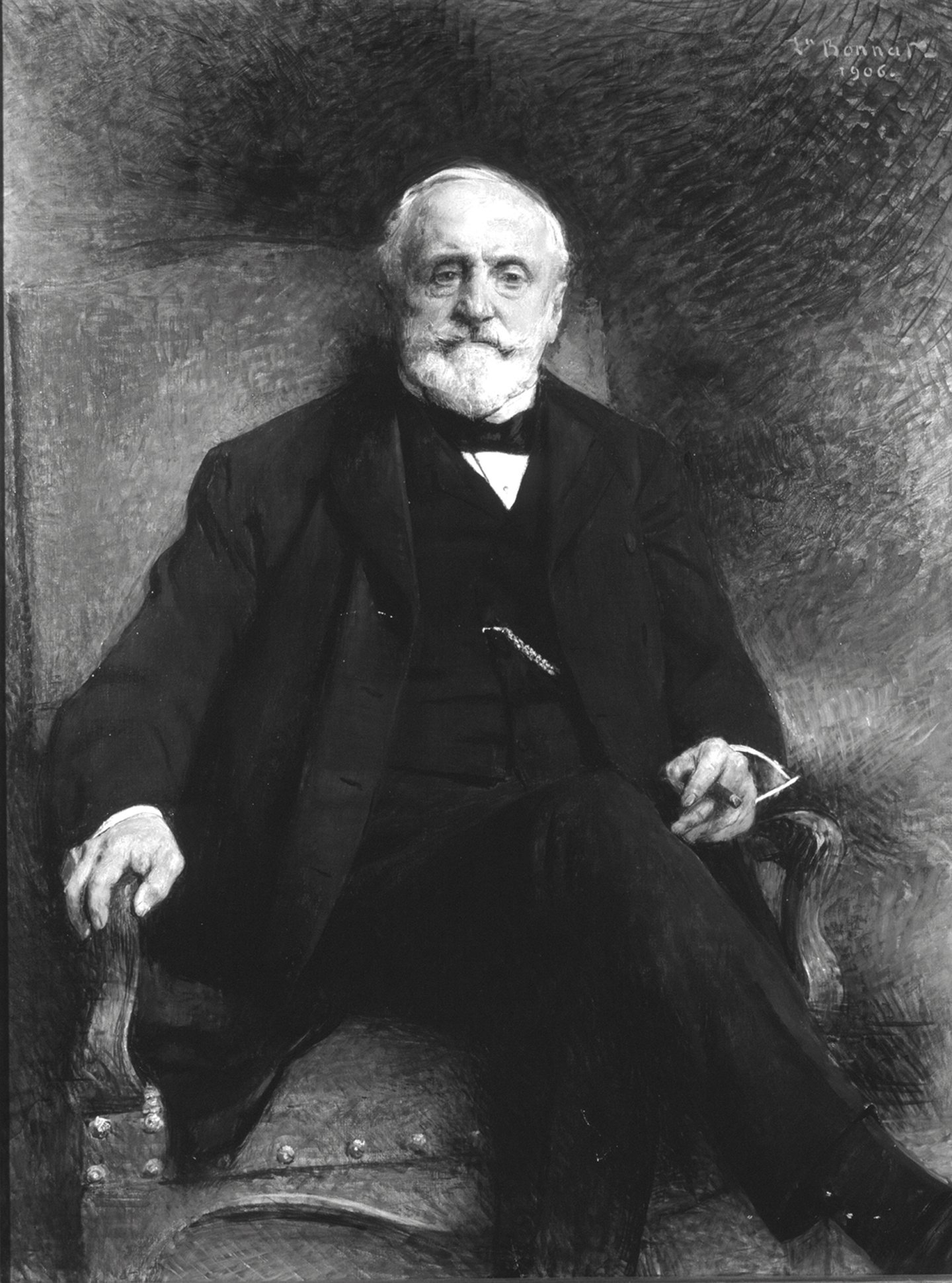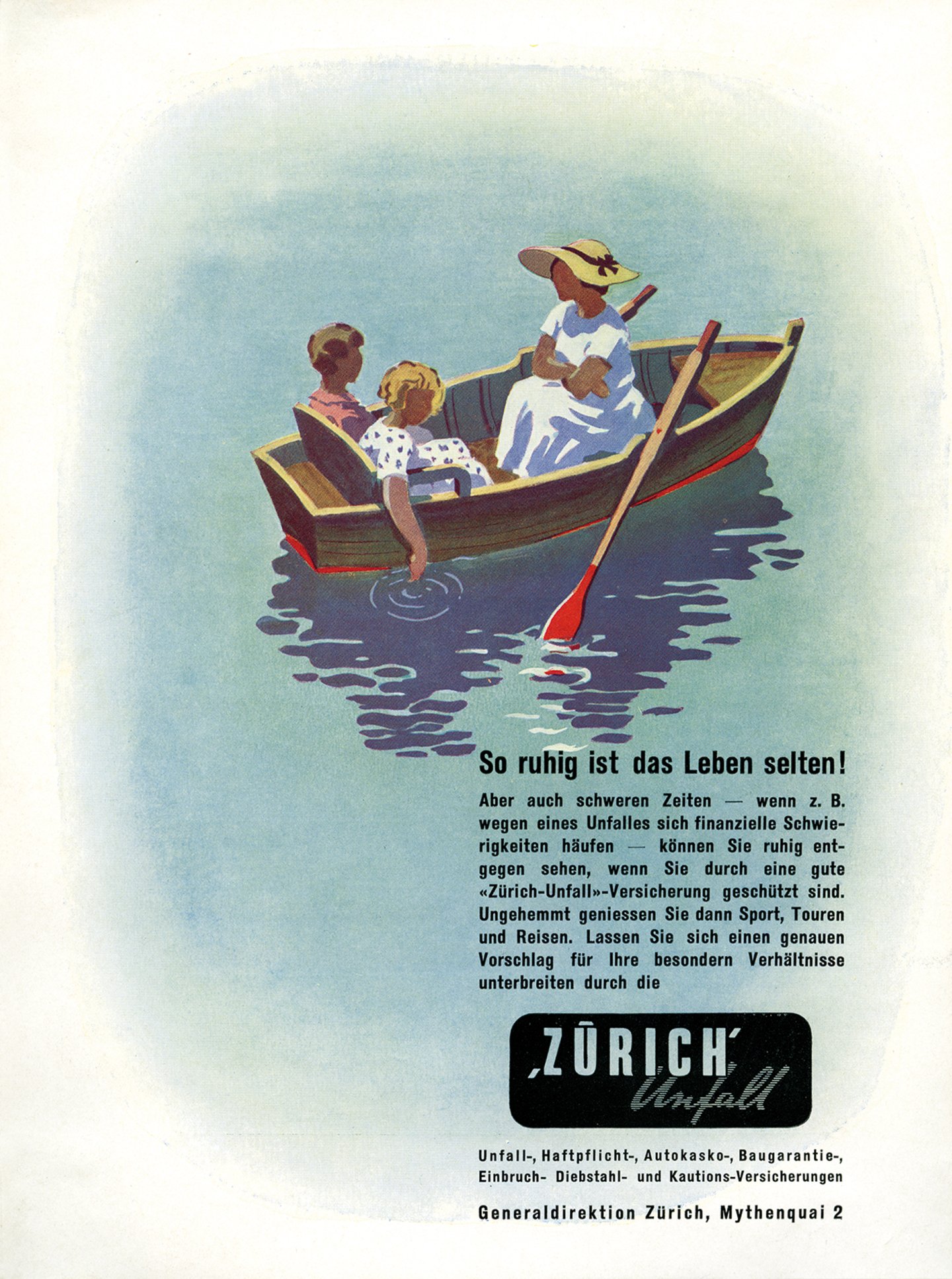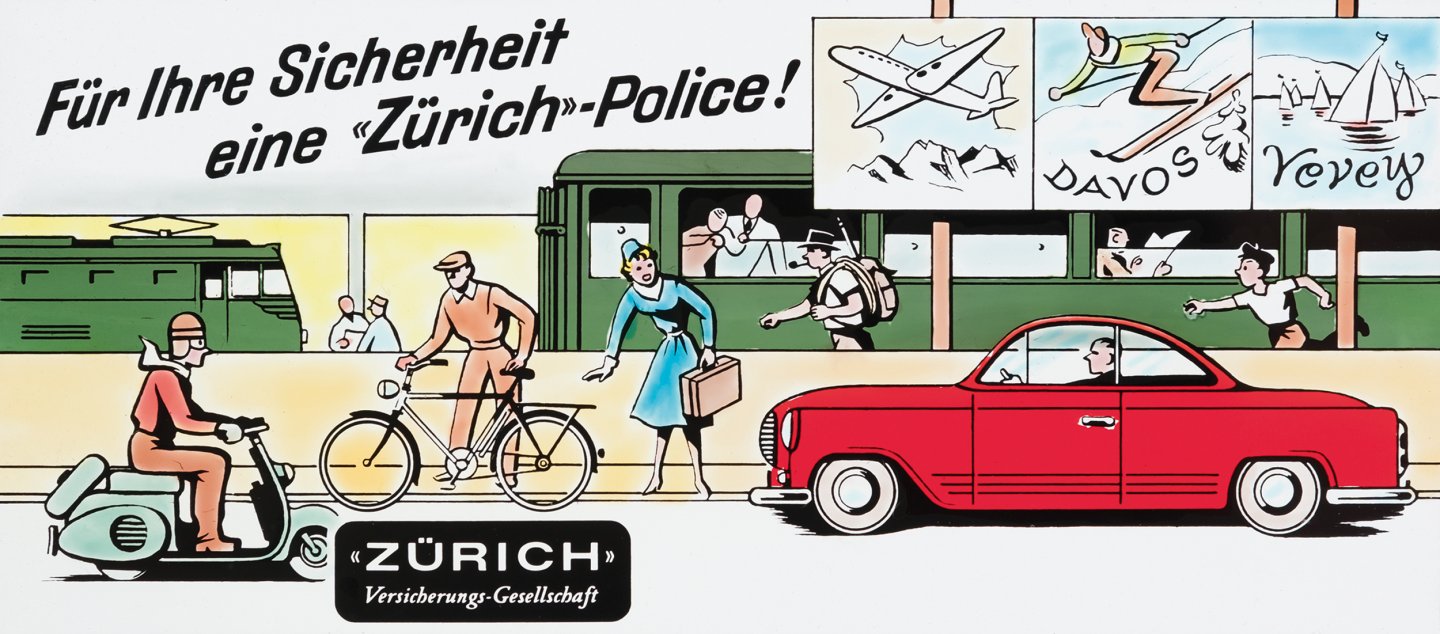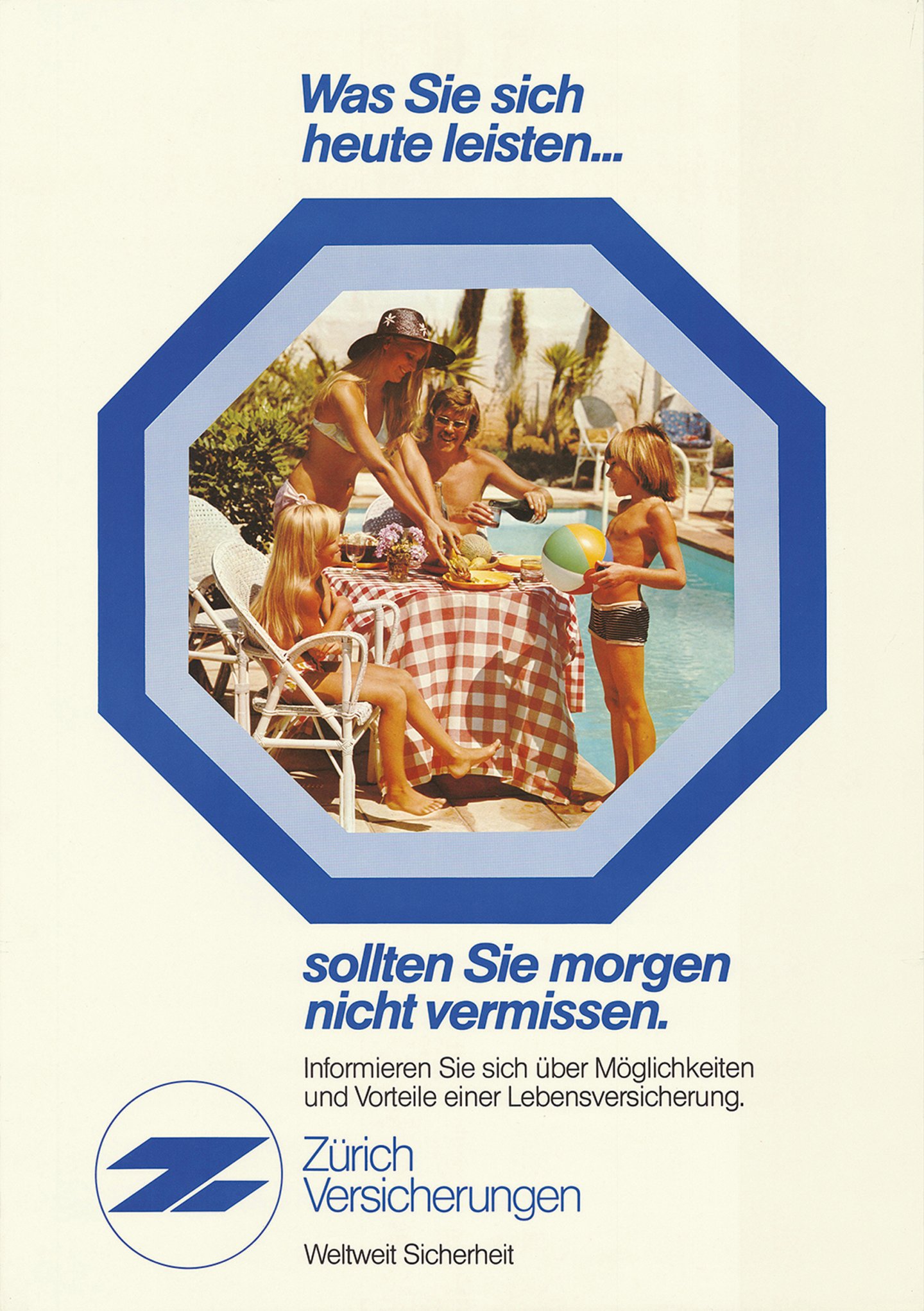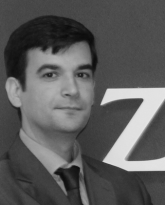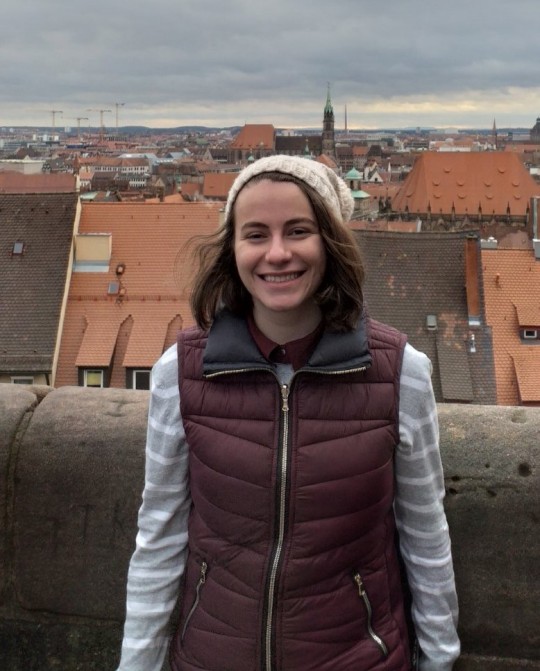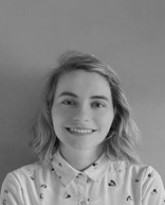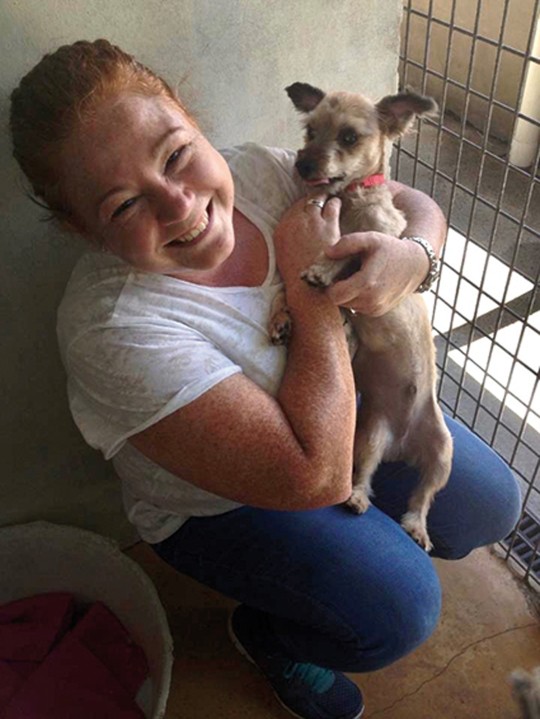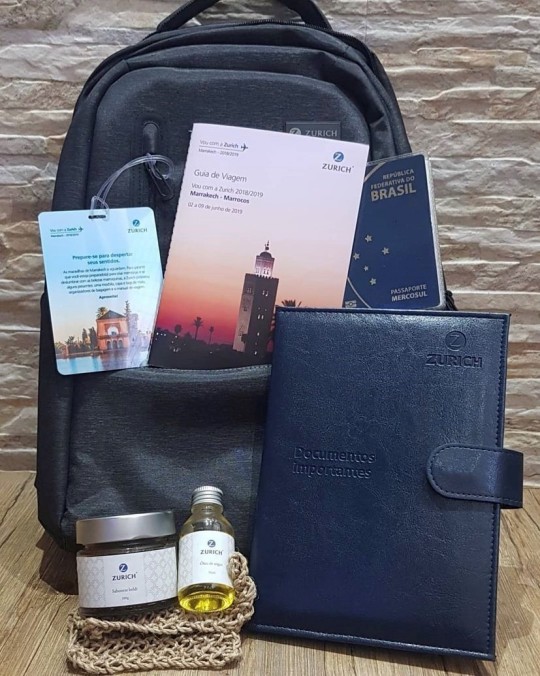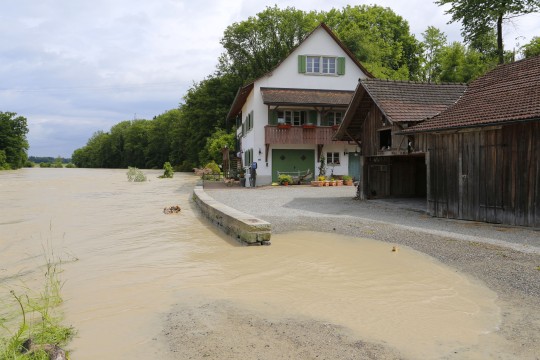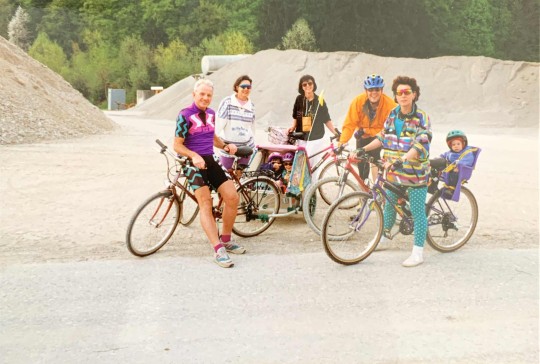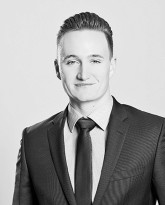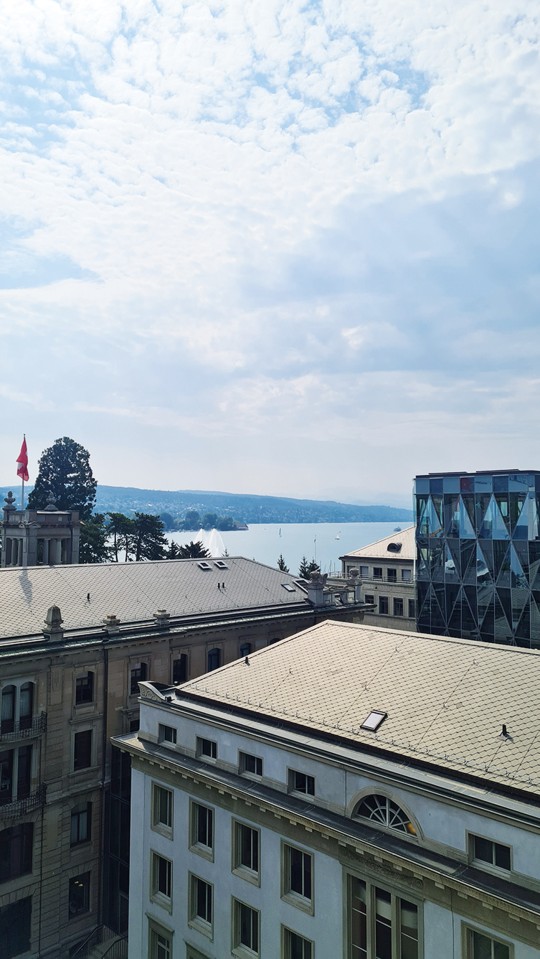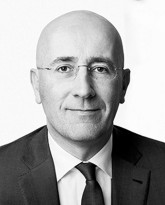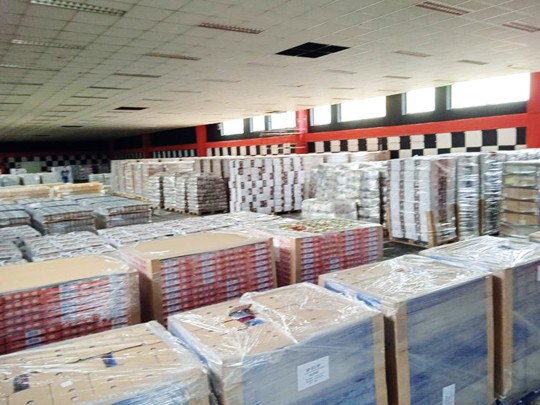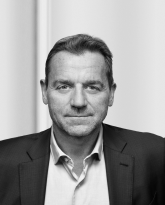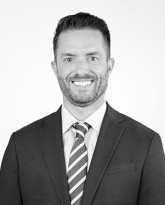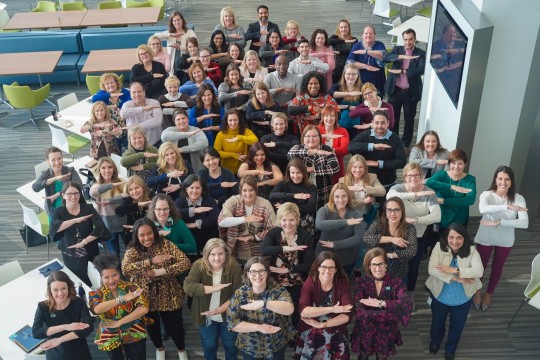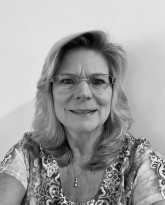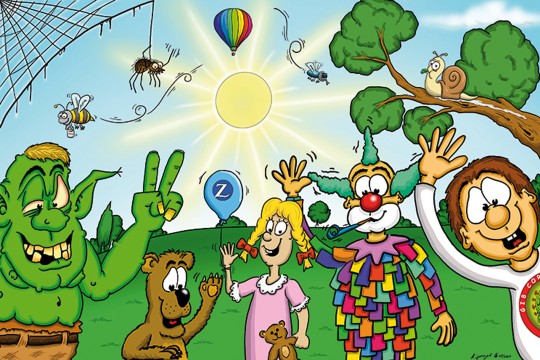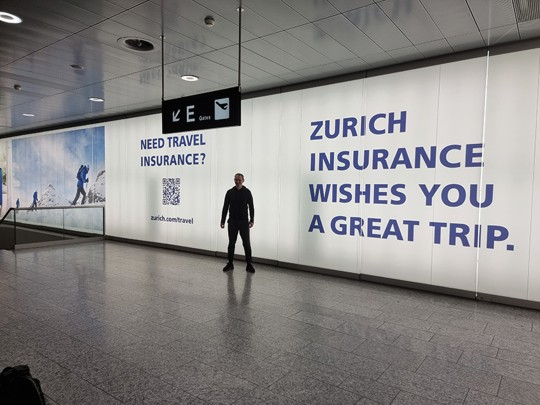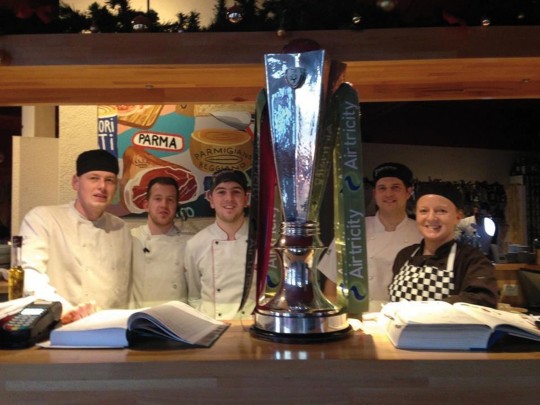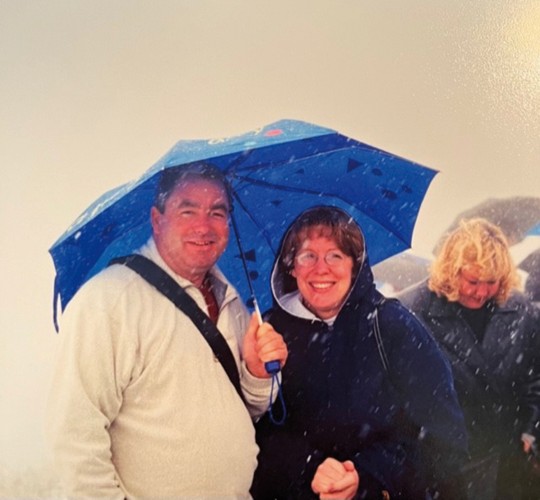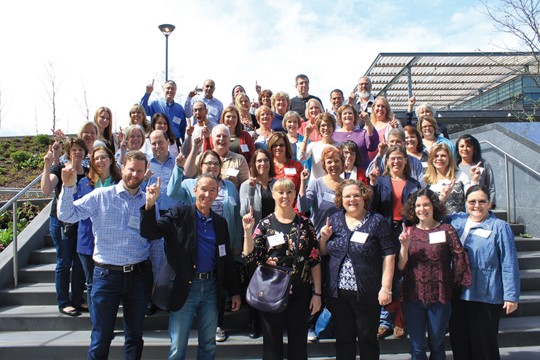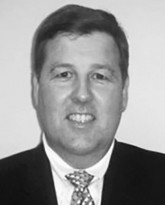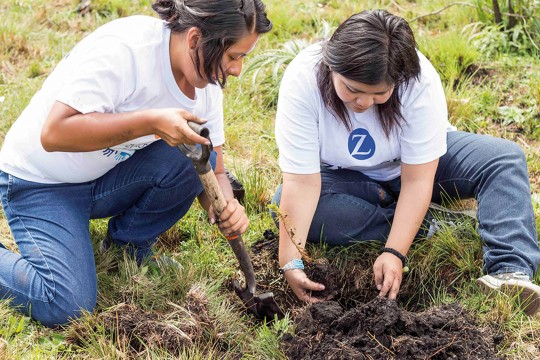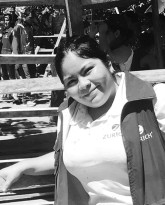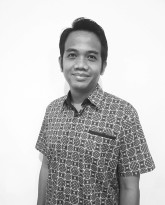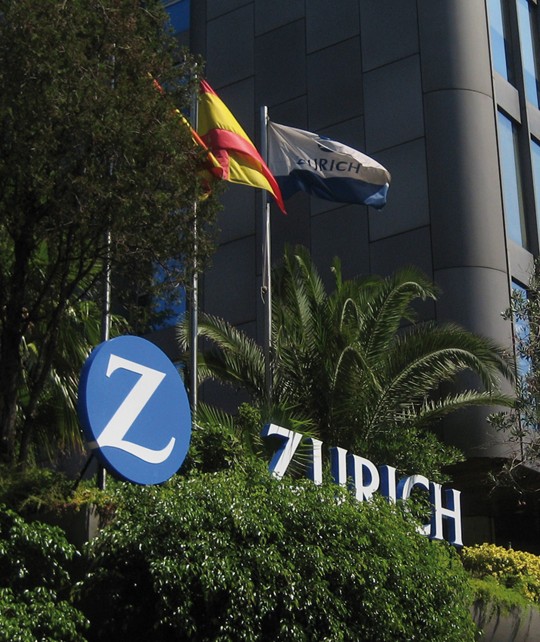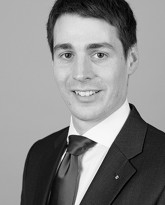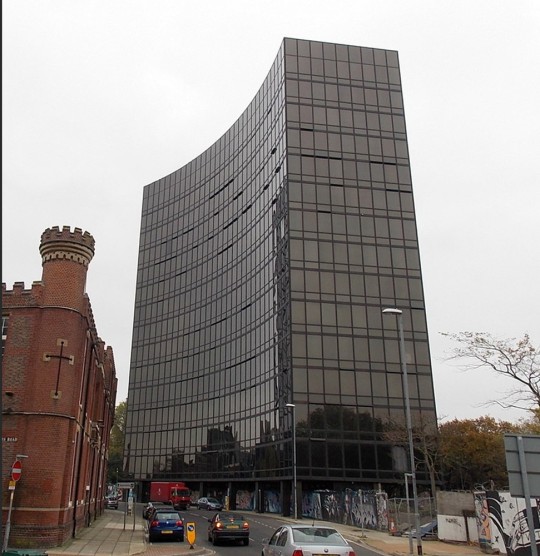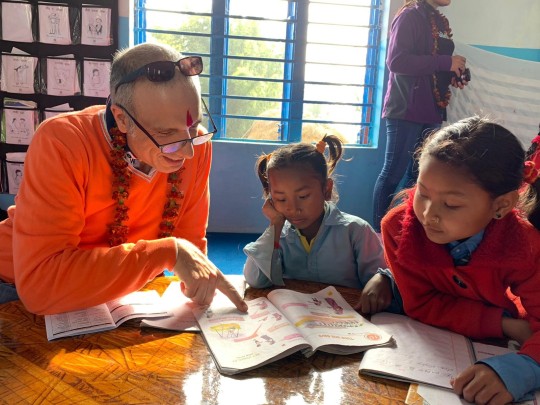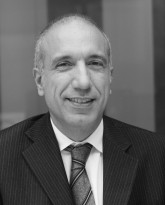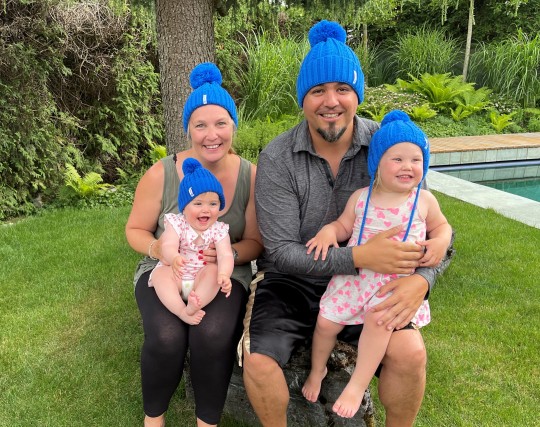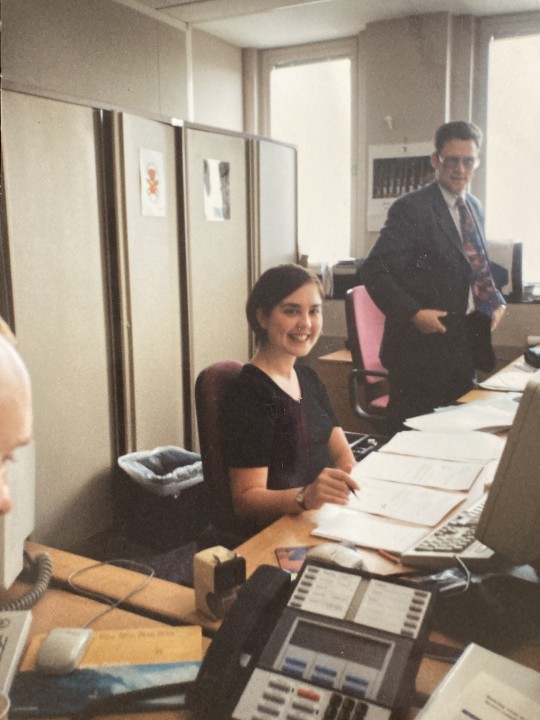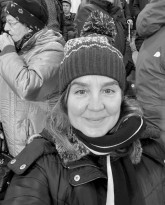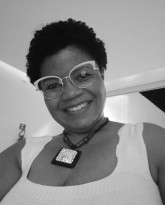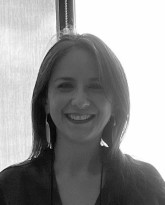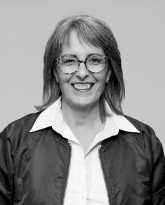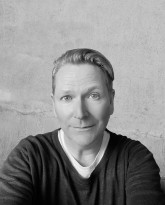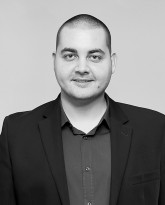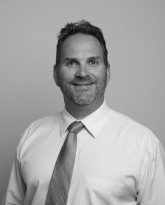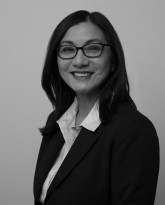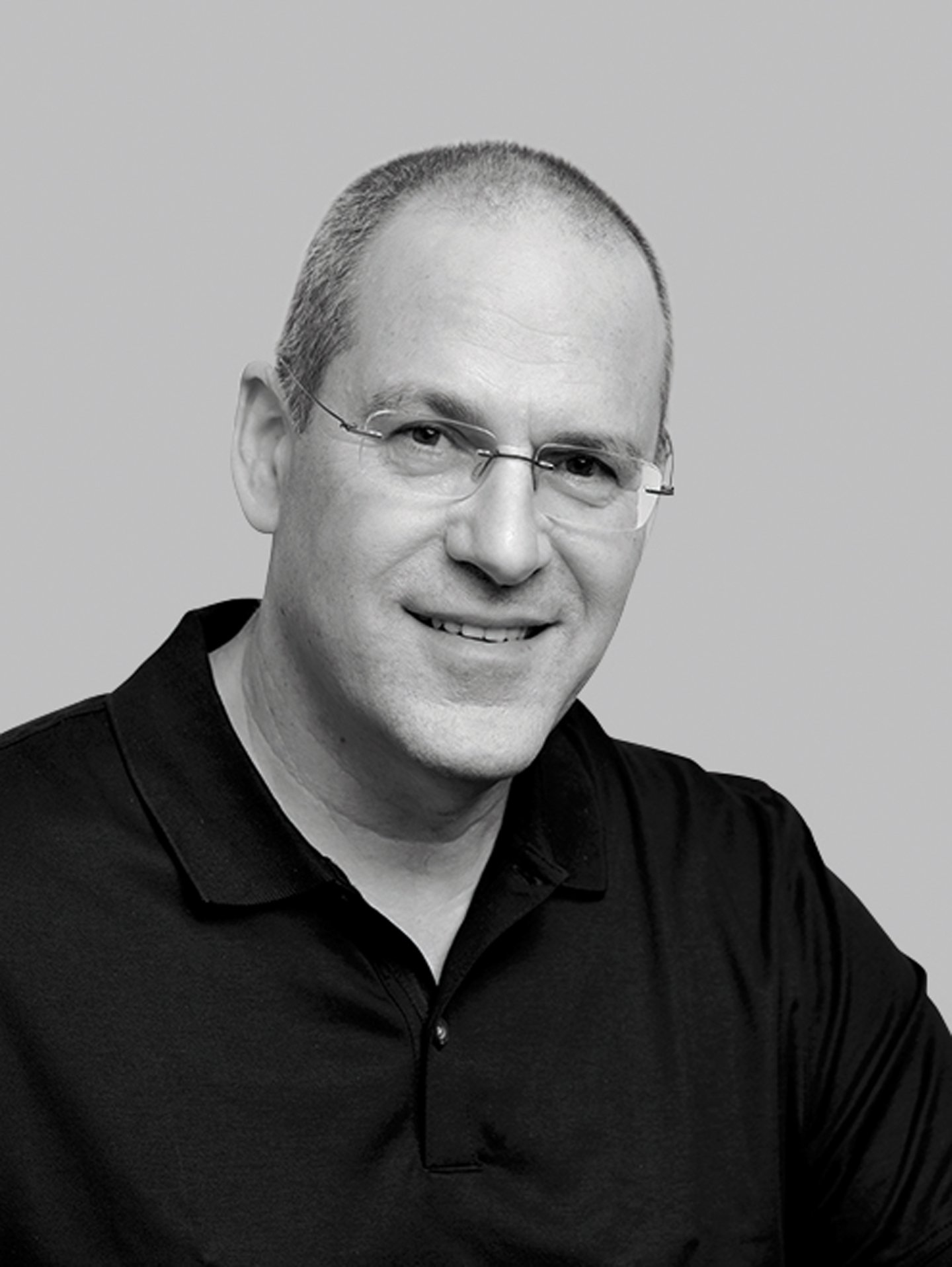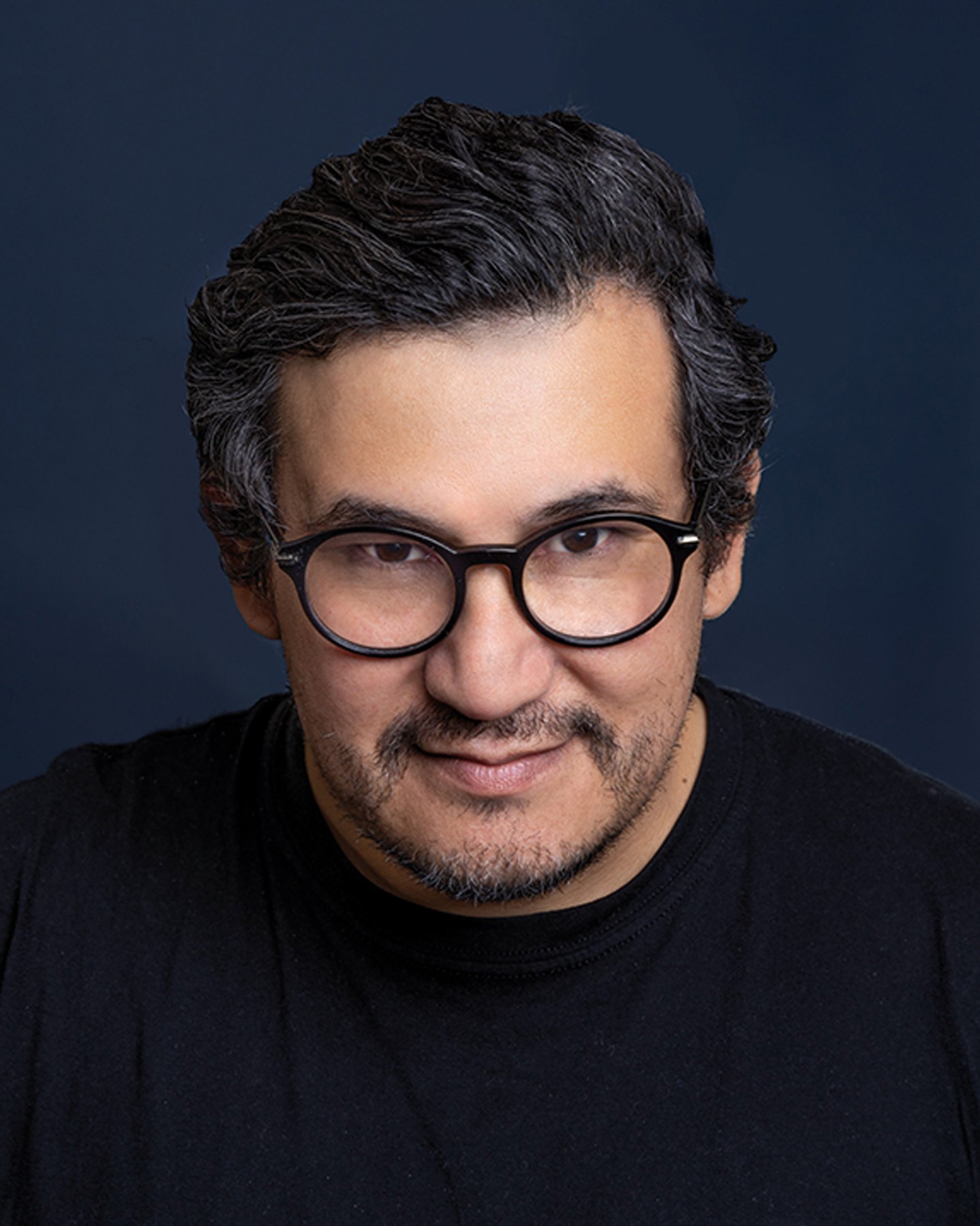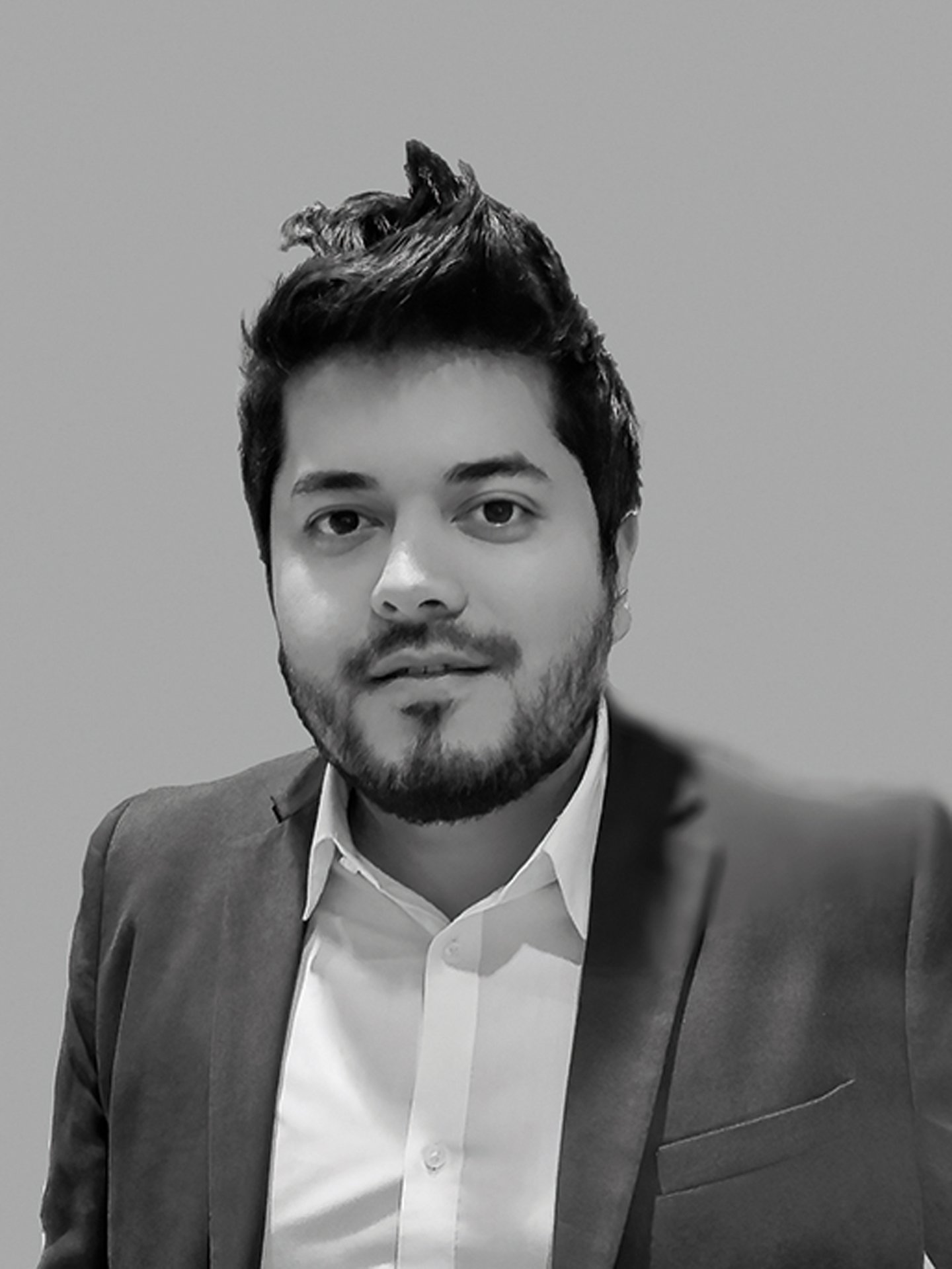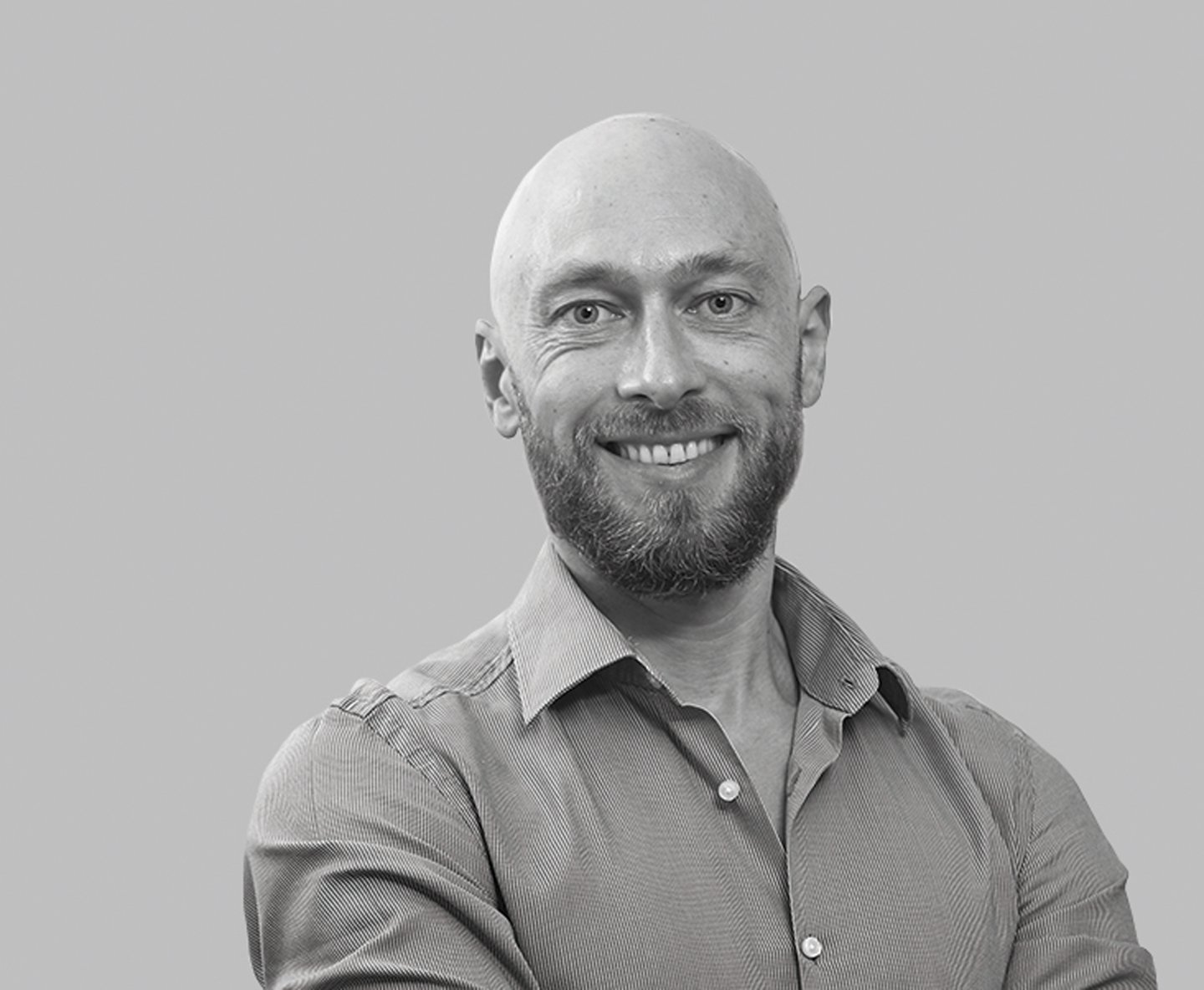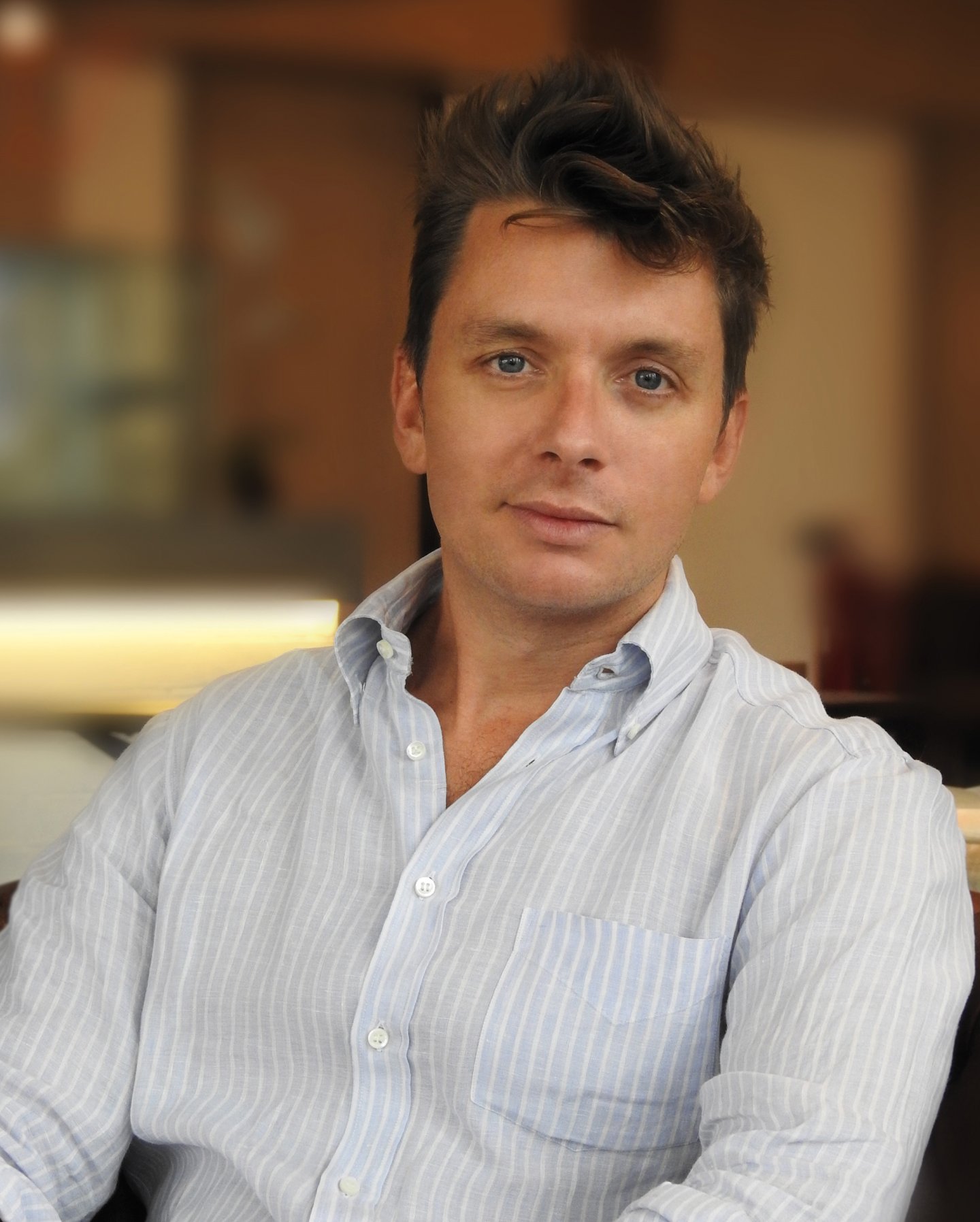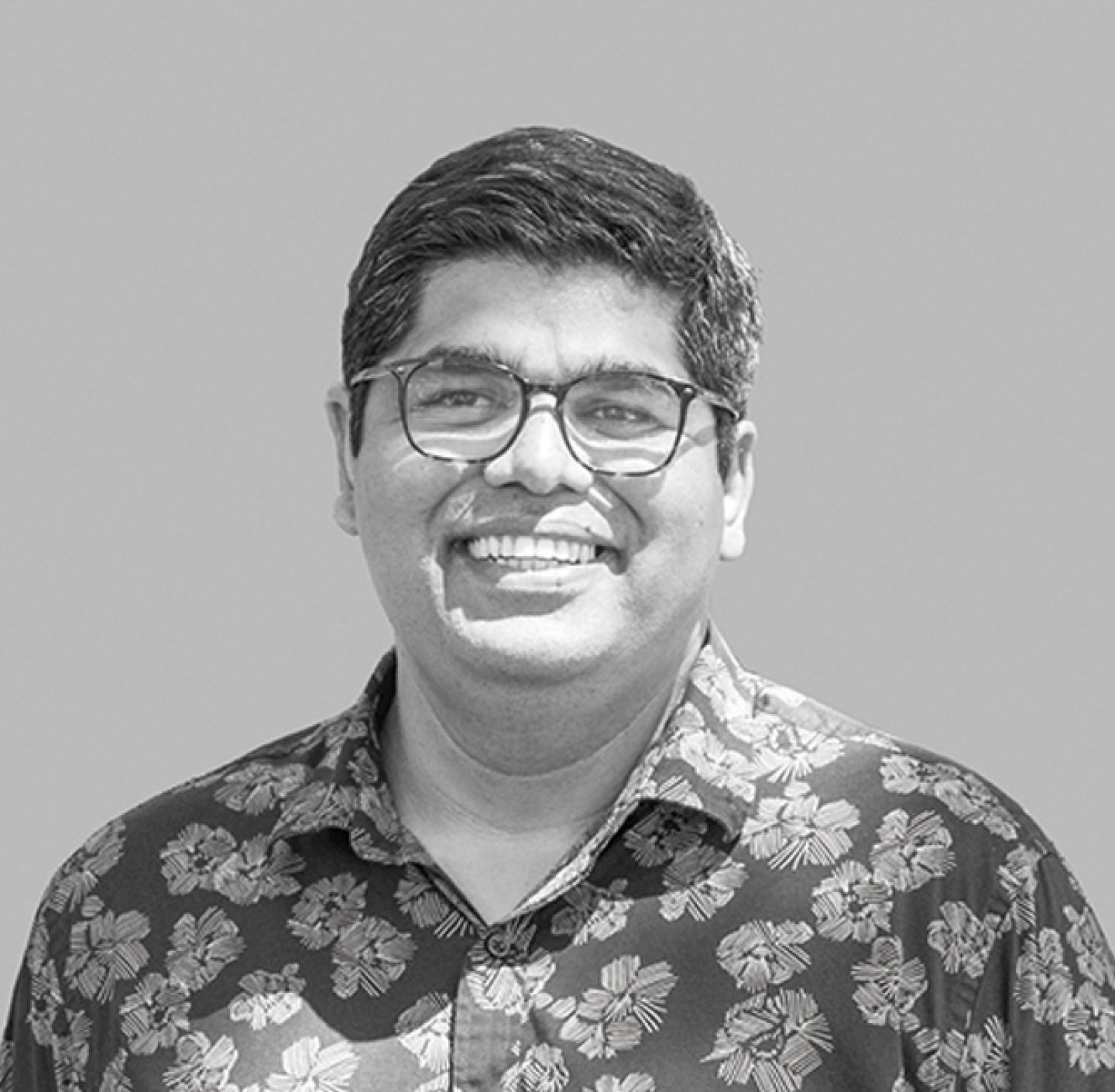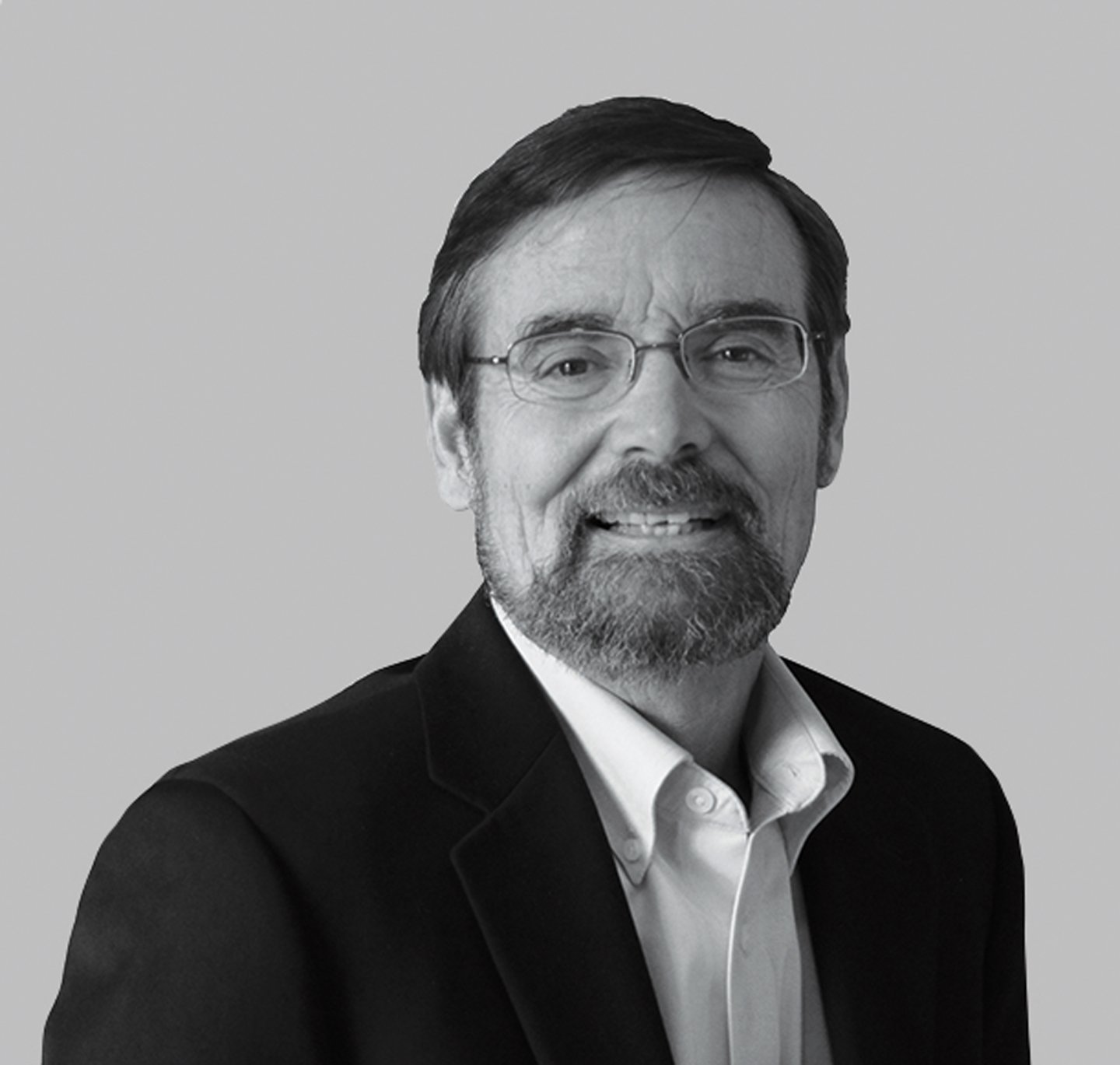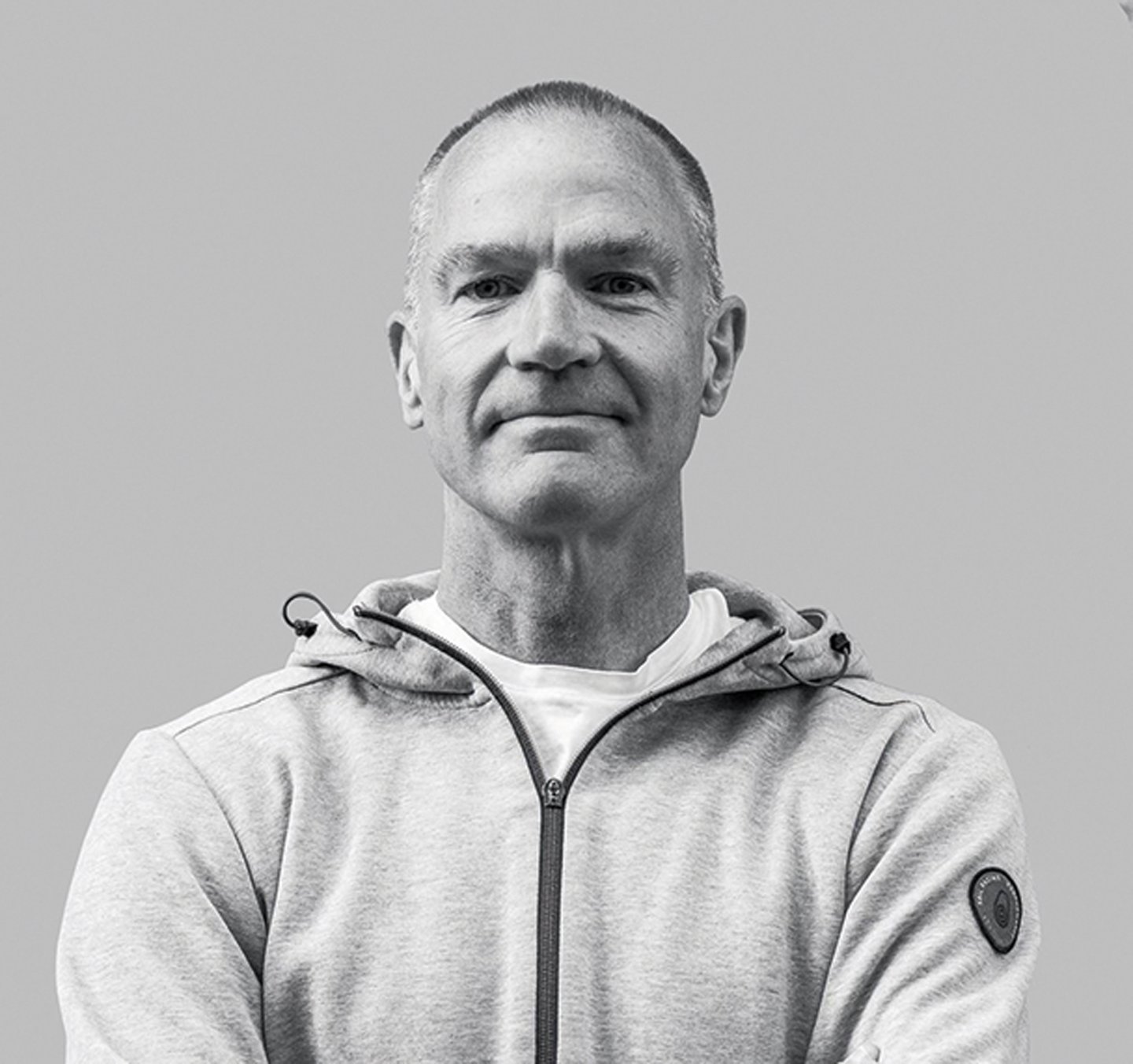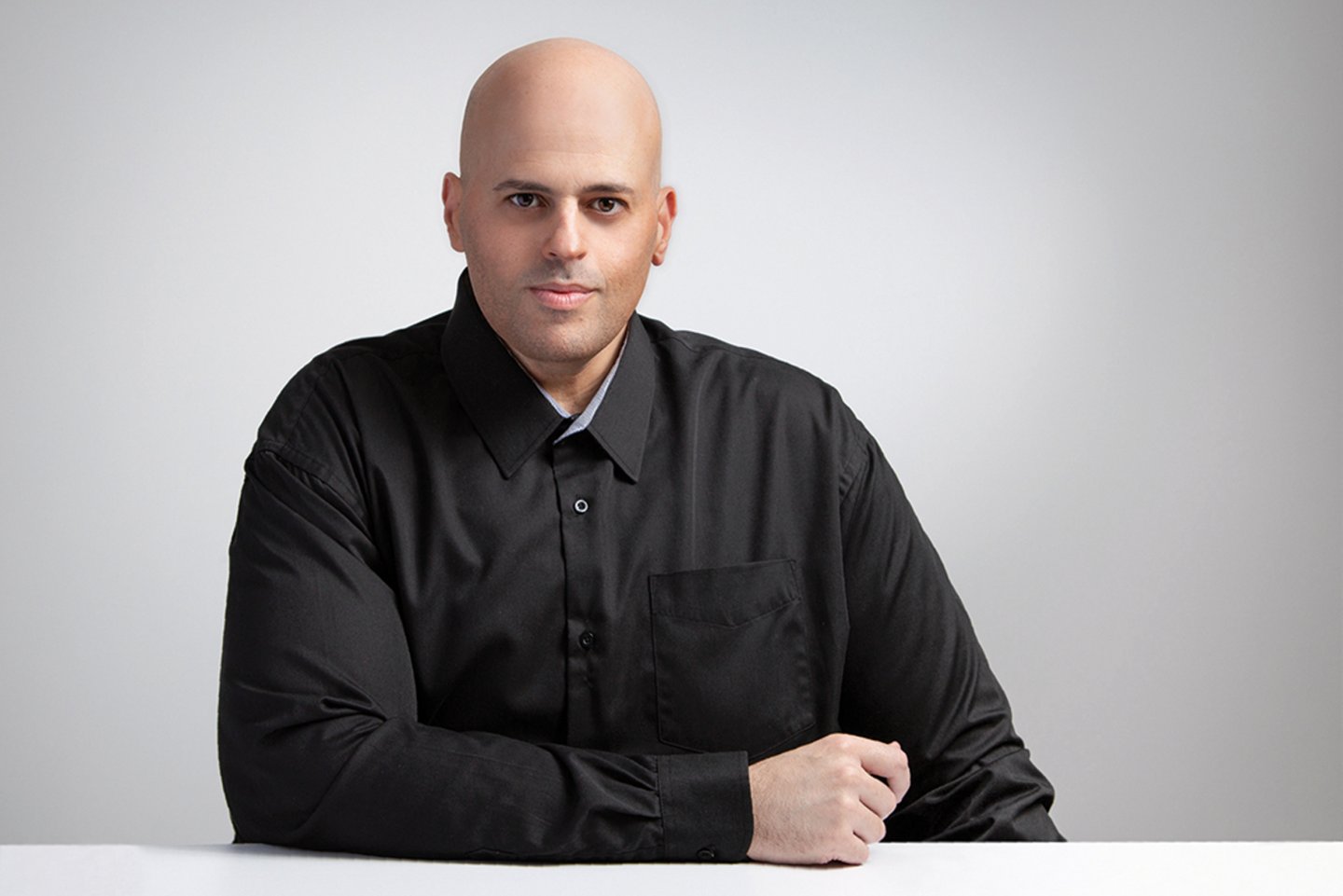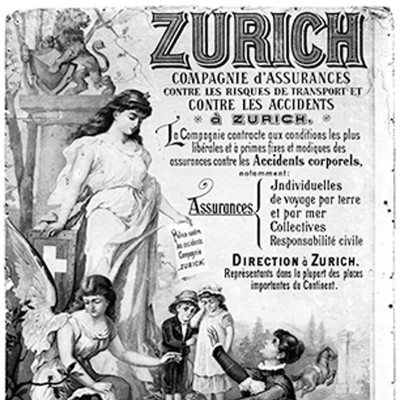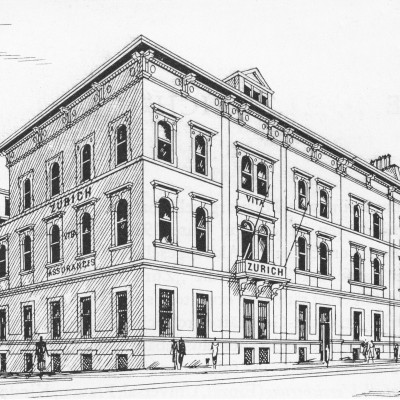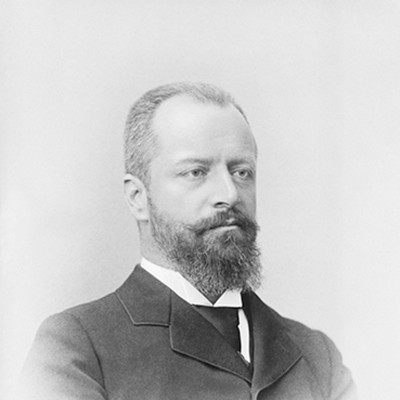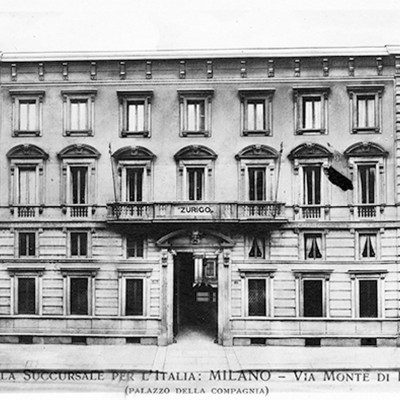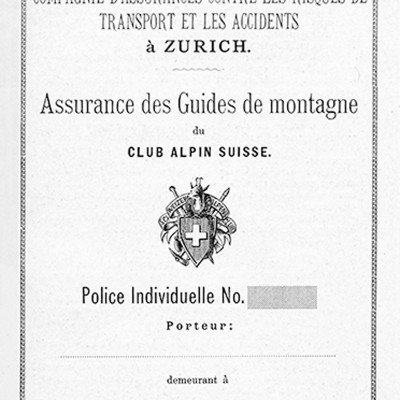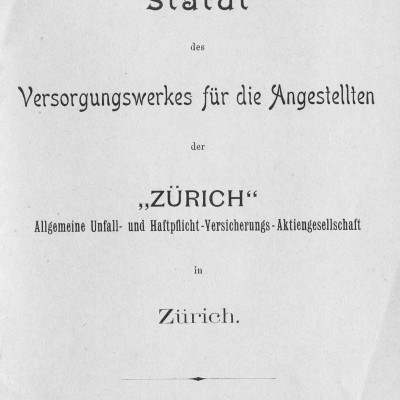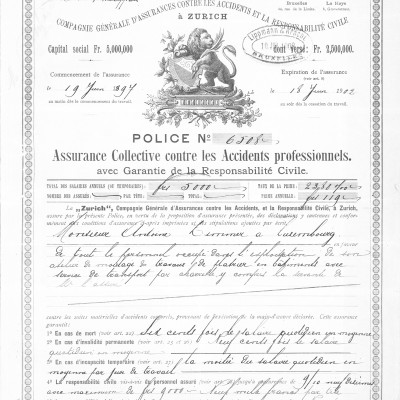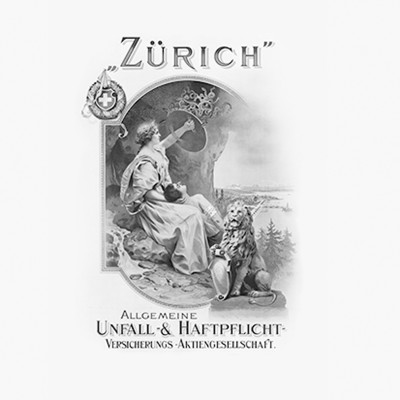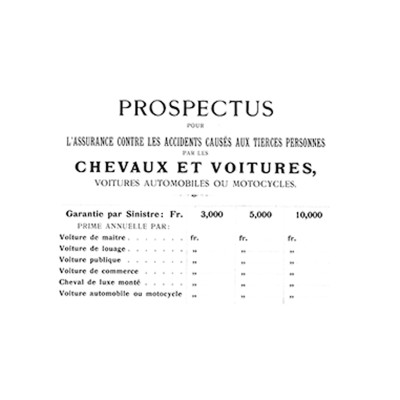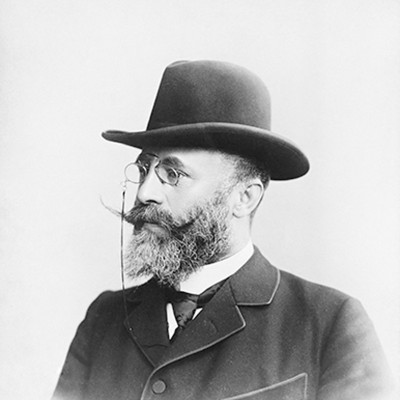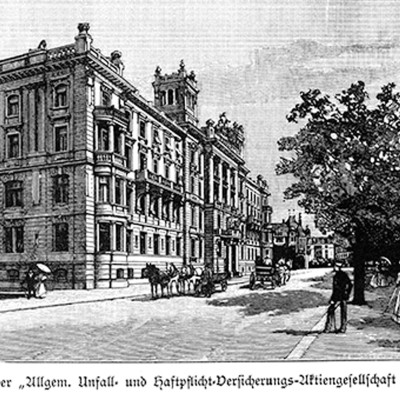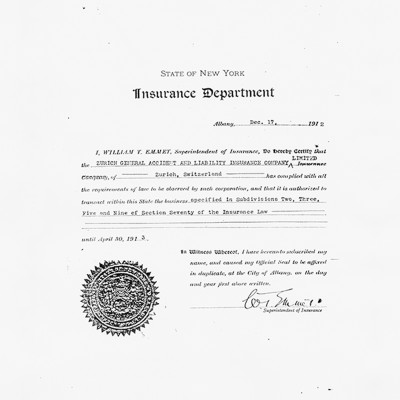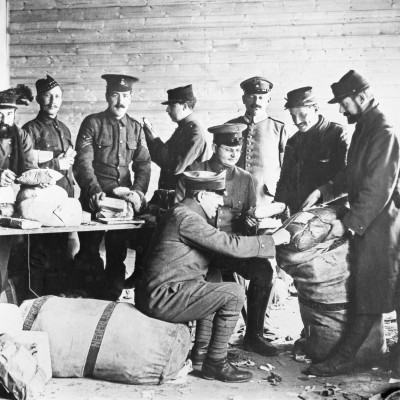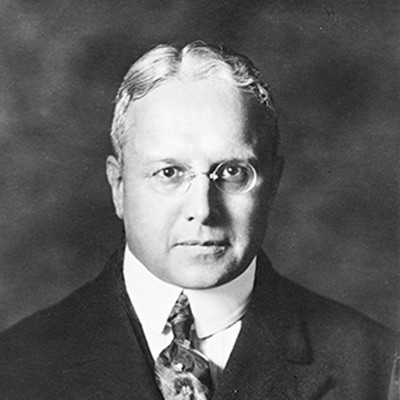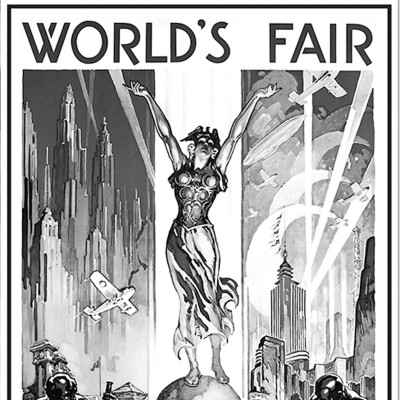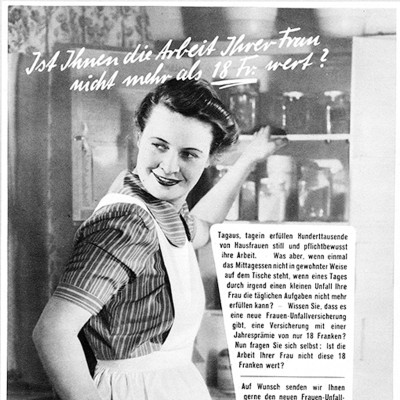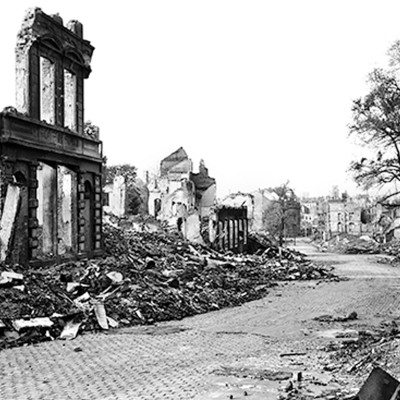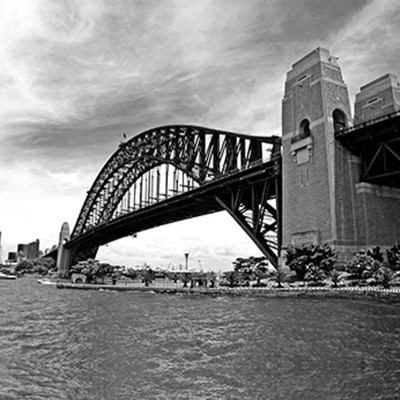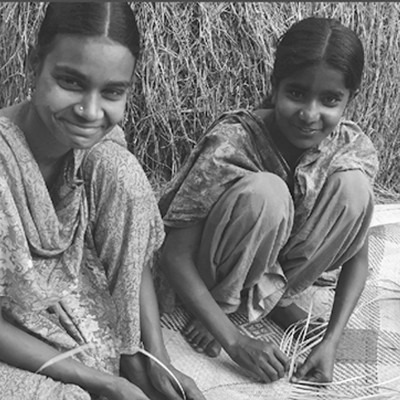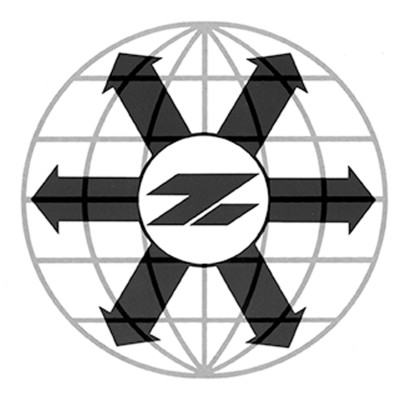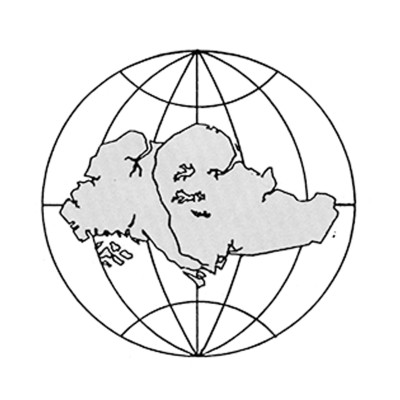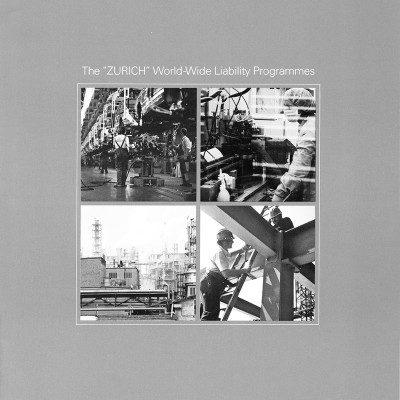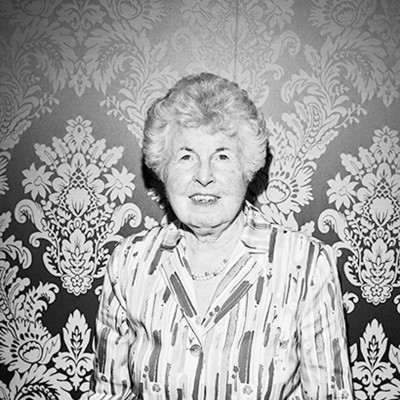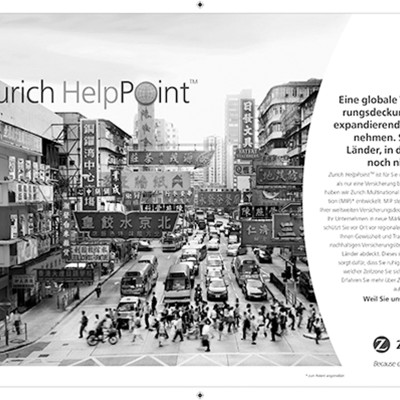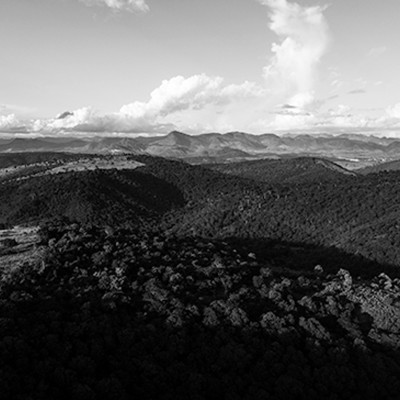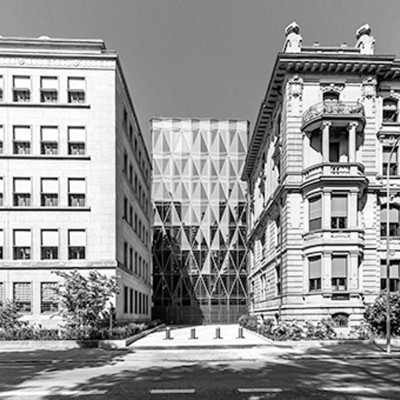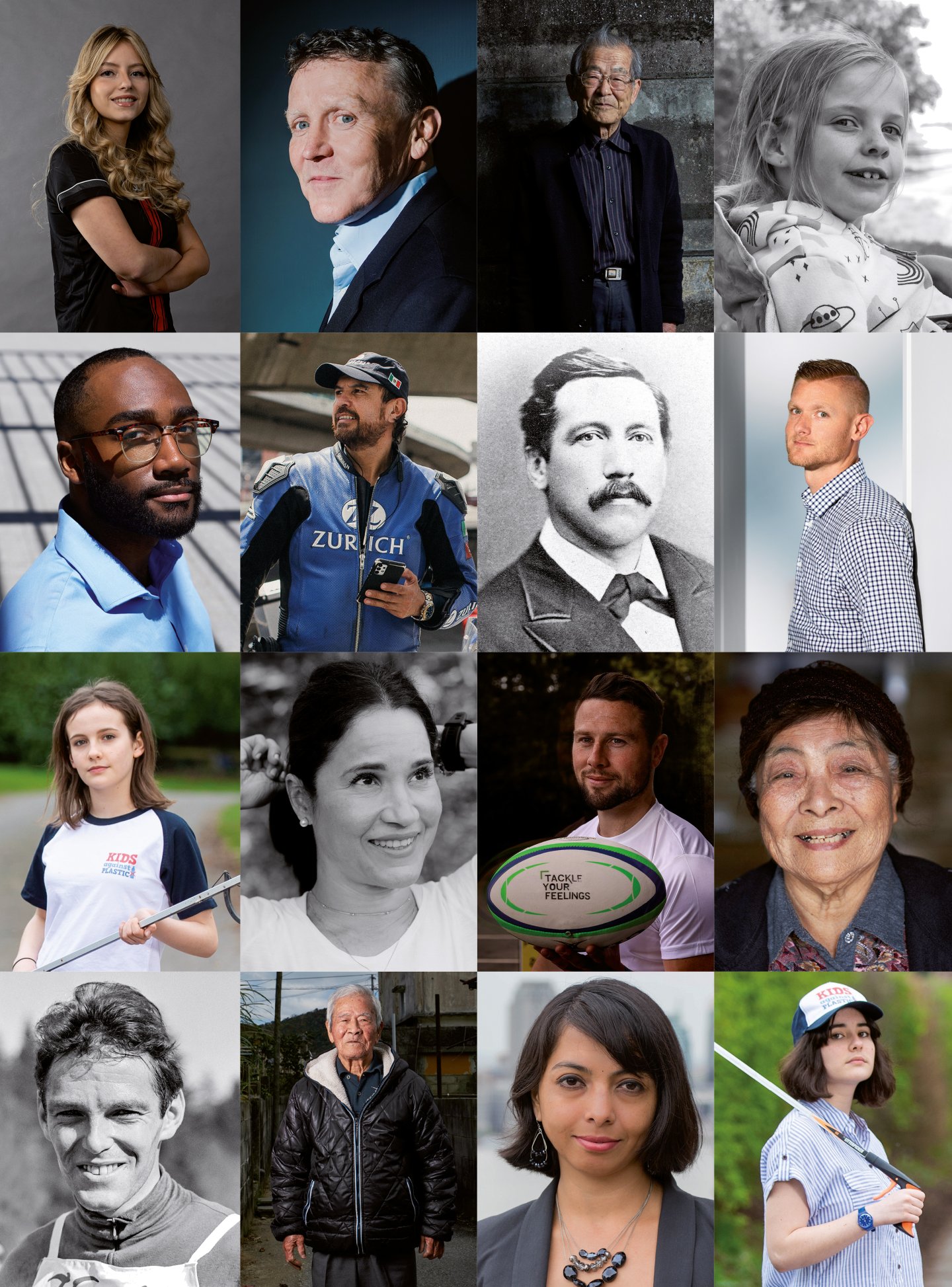Part II
The 1980s
Zurich, the city and the company, is often known in clichés by those on
the outside. Staid, reserved, orderly. As Zurich employees, we know this
isn’t true, right? And Zurich, the city, was in an irascible mood in the
early 1980s. In fact, the city was burning, or as those years are known
locally from a well-known documentary, ‘Züri brännt.’ Students and young
people battled with police over funding for alternative arts spaces. It
started outside the opera house on May 30, 1980, and spread to the other
main thoroughfares around town over the coming months: Bellevue,
Limmatquai, Bahnhofstrasse. Windows were shattered, cars burned, tear
gas was used by the police, scores were injured, one person was killed,
and thousands were arrested.
Bruno Pfister was caught in the middle, metaphorically but also
literally. In November of 1979, the 21-year-old started at Altstadt
(acquired by Zurich three years later) in customer service, but before
that he had considered a career in the police force.
“It was a different culture back then.”
On his first day, the general conditions guidelines were dumped on his
desk, and he couldn’t make heads or tails of it. “Is this job right for
me?” he wondered. The people seemed nice enough, he recalls – and yes,
they smoked in the office – but it was all Sie (you, formal) not du
(informal). “It was a different culture back then,” says Pfister, now a
senior product manager. “Today in the Oerlikon office, it’s always du.”
Out in the streets in 1980 and ’81, the language wasn’t formal or
informal, just angry. While driving home after work one evening, Pfister
was confronted by a police water cannon on Quai Bridge, one of the most
beautiful spots in Zurich. He had to swerve into the tram lane, and then
had to be careful not to run over the large stones that were scattered
everywhere.
A few weeks later, while heading to a movie, he was faced with police on
his left and protesters on the right. He ducked into the theater just in
time. “It was better for my health,” he says. “I knew people in the
youth scene, and it was not so nice to hear what our police were doing.”
At the same time, he didn’t like the approach of the protesters. “I
don’t think that’s the way to solve problems.”
Anita Blom-Pozdnik steered clear of the riots altogether. She may have
started her apprenticeship at Zurich, in the main Mythenquai office, on
April 21, 1980, nine days before the movement began, but she was a mere
14 years old. Plus, she had protective parents, especially her mother,
who “had a lot of fear about everything.” They told her the protesters
were up to no good and that she should come straight home to Thalwil, a
few towns outside the city limits. “It was a conservative environment,”
she says.
The young Anita was happy Zurich took her aboard. A prominent Swiss bank
wouldn’t on the basis that she was an Austrian citizen. And although she
didn’t know much about the company, her father had insurance with Zurich
and a sales agent named Ernst Blättler would visit their home once or
twice a year. “He was friendly and helpful and knowledgeable,” Anita,
now a business performance analyst, remembers. “My father trusted him so
much that he told us if something should happen to him, we should get in
touch with Mr. Ernst Blättler and ask him for support. I can still
picture him.”
She was, like many 14-year-olds, shy and nervous. “I was in awe, like
‘Wow, everything is so big.’ ” With that, she noticed, came hierarchical
distinctions within the office – and mostly in the hands of men. In
titles, but even in signs and gestures. Normal workers, in her
recollection, had chairs without armrests, while managers had armrests –
and their own canteen. Different desks, curtains and carpets also
conveyed levels of importance.
When Anita turned 15, she committed a gaffe. Her boss asked her to bring
a paper to a director for a translation and then added, “Tell him to
improve his handwriting so I can read it.” So Anita handed the director
the paper and relayed the message. He looked at her aghast. “Did she
really say that?” he asked Anita. Yes, she said, and when Anita got back
to her boss’s office, she was proud to tell her that she passed on the
message. “No, please tell me you didn’t. That was just a joke.” Her boss
thought it could have severe consequences. It didn’t. “And his
handwriting was better from that day on.”
In the following years, there were odd comments and ‘jokes’ along the
lines of, “Oh, I’m sick, but if you were laying at my side, I’d feel so
much better.” She says, “It was nicely meant in a way, but misguided.”
“He couldn’t believe that a woman could program.”
What was even worse, in her opinion, was always being considered a
secretary – even if she was one of the best apprentices, with the
highest scores – while the young men had more interesting opportunities.
Finally, she said, “ ‘I’m sorry, but I’m much better than this. I’ll be
wasted in this job.’ They said, ‘That’s all we have,’ and I said, ‘I
don’t believe that.’ I was appalled.” And when word got out, other
departments did want her, since she had developed a reputation as a good
worker. Even later in the mid-1980s, when she was 19 and met with
someone to discuss a new task she was supposed to program, he asked her
several times if she was really the programmer and not the secretary.
“He couldn’t believe that a woman could program,” she says. When she
originally wanted to cut back to 80 percent, she was questioned whether
she could still lead her small team. She remembers company parties where
male employees could bring their partners, but women couldn’t.
Things have changed a lot since then, Anita says. And she’ll always
fondly remember how Zurich supported her during her advanced education.
She went to school full-time and was still able to work for the company
at 50 percent, putting in those hours on semester breaks and weekends.
The company was also supportive when she had children and worked
part-time. “Zurich offered me possibilities to combine my education and
my family life,” she says. “Plus, I had really good bosses, and I liked
my work so it made it easy to stay.”
Dublin wasn’t burning on June 8, 1981, Paul Croghan’s first day at Irish
National, which would eventually be absorbed into Zurich, but there was
unrest. The previous year saw 350,000 stream into the streets of the
Irish capital to protest high taxation rates. There were strikes, high
unemployment and a ‘brain drain’ among young people.
The 20-year-old Paul had been working, but he still felt particularly
lucky to get this job, which appeared secure. “And wasn’t I right,” he
says today. He was, and still is, in reinsurance underwriting, but back
in 1981, his direct colleagues all had worked together since 1952. “So
you had to break into this very settled circle,” he says. “People had a
very different attitude toward their colleagues back then. They were
more like family. Sometimes they actually were family. There was a
culture, at least in Ireland, of people getting their family into the
company. That doesn’t happen so much today.”
His first salary was 48 pounds a week, but his rent was 25 pounds. Do the
math: He had 23 pounds a week to live on. So he’d go to the local pub –
Horse Show House – rather than put the heat on in the apartment. “It was
my sitting room.” And one that was popular with colleagues.
It added to the familiarity in the office. One woman was known as Ms.
Tipp-Ex because she used the correction fluid to fix typing mistakes.
“It wasn’t in any way insulting, and she embraced the name,” according
to Paul. “Another colleague whose real name was Eamon was always called
Benjy because he looked like a popular TV soap opera character, and he
wasn’t insulted because many of us were better known by our work
nickname. But now if I told a colleague that I was going to call them
something that’s not their name, I don’t know how they’d respond. Now
it’s more businesslike and formal.”
“You know what, if that car crashes, and they all get killed, I’m the
manager tomorrow.”
In his early days, senior staffers would take off during the day for
Leopardstown Racecourse to bet on the horses. They didn’t appear worried
that there was no one in the office to cover. One day, Paul was standing
outside the office when a carload of them left for the track. His young
co-worker, with a bit of macabre humor, said, “You know what, if that
car crashes, and they all get killed, I’m the manager tomorrow.”
The combination of familiar and formal showed up in other ways. Shirt and
ties weren’t enough for men; you had to wear a jacket as well. And even
shoes had to conform. “Sometimes men would wear shoes other than black,”
Paul says, “and, I’ll never forget, they would get a tap on the shoulder
from their manager who would say ‘Never brown in town.’ In other words,
you should be wearing black shoes.”
Barbara Knost in Germany remembers a casual and collegial workplace in
the 1980s – and, she says, one that was “unbearably hot in the summer
since we were on the fourth floor under a copper roof in the old
building on Bonn’s Talweg.” There was never a dress code and, she adds,
“It was like a big family with the trainees integrated directly….The
annual company party was always good and contributed to the working
atmosphere. On Friday afternoons, we ended work early and ate and drank
together.”
The ’80s ended with two earthquakes, a literal one and another of the
geopolitical variety. At 5:00 p.m. on October 17, 1989, Vicki Trindade
was driving home from the Farmers Insurance office in Pleasanton,
California – east of the Bay Area – to her home in Tracy over the
Altamont Pass.
Traffic was light that night since it was about a half hour before the
start of Game 3 of baseball’s World Series, which was being played,
coincidentally, between the San Francisco Giants and the Oakland A’s for
the first time ever. In fact, live coverage of Game 3 from Candlestick
Park had just gotten underway on national TV. At 5:04, the video on ABC
began to break up and the legendary announcer Al Michaels, losing his
famous cool, said “I’ll tell you what, we’re having an earth….” And the
signal went off. When the audio portion of the broadcast returned
shortly thereafter, he said, in typical California showtime-style,
“Well, folks, that’s the greatest open in the history of television, bar
none!”
Vicki wasn’t a baseball fan, not at all, and during her drive home she
didn’t feel the magnitude 6.9 quake centered to the southwest in Santa
Cruz that killed 63 people, injured over 3,000 others, and caused
widespread damage. But when she heard about it on the car radio, she
says, “I was terrified something might have happened to my baby daughter
back home.” It didn’t. “The next day at work was unusual,” says the
senior commercial underwriter who started in 1971. “We had to pick up
hundreds of files that fell off the shelves and rearrange the items on
our desks. Luckily, no one was hurt and damage was very minimal in the
office. But it was really strange. We never experienced such a strong
earthquake.”
“I could not have imagined that the Wall would fall 10 years later.”
Three weeks later, on Thursday, November 9, there was a tectonic shift
geopolitically: the Berlin Wall came down. “I can’t remember what was
said between my colleagues,” says Angelika Metternich of the Köln
office, “but at the beginning of my training in 1980 at Deutscher Herold
[soon part of Zurich] I could not have imagined that the Wall would fall
10 years later.”
“Everyone was surprised that the opening of the border took place so
quickly,” says Klaus Baldeweg, an international service team leader who
started in 1980 in the Frankfurt office, which at the time was beside
the old opera house. “We were all happy about the ‘new’ Germany but were
aware that reunification meant a huge financial effort. Nevertheless,
the euphoria among the population was very great.”
“I had a flexiday on November 10, and so was only able to speak to my
colleagues the following week,” says Ute Stammel, who started in the
Köln office in 1977. “Most thought it was good, but of course there were
also naysayers.” If not everyone was moved at the time, the aftershocks
are still being felt today, more then 30 years later.



